It may be difficult to comprehend, but every state, every city, every town in America has a name that came from somewhere. Somebody stood up one day, said “I call this place this,” everyone nodded in agreement, and henceforth that’s what its name was. Have you ever wondered how the state you live in got its name?
The states got their names in a variety of ways. Many are named after prominent geographical features, especially rivers (many of which themselves have names that are Native American in origin). Some were named after the indigenous peoples who lived there before European colonists arrived. Some were named after European colonizers or explorers, while others were named for European royalty. Some are translations of Native American words or phrases.
Only one (Pennsylvania) is named after its founder, and only one (Washington) is named after an American. Some state name origins remain something of a mystery, and experts can only guess where the word was derived. And one state – Franklin – was never recognized by Congress and never actually became a state at all (once the land was ceded to the Federal Government, it became Tennessee).
It may strike you as surprising that the origins of some state names could be the subject of controversy. In those cases, attempts to trace the origins to their sources have led to only loose translations of Native American dialects. However, these are the most widely-accepted origins, as researched by the U.S. Department of the Interior.
Learning the origins of state names is a great way to get to know a little more about their history, and it’s a great source of trivia as you travel across the country checking out the most underrated natural wonders in each state.
Alabama

Alabama got its name from a Creek Indian tribe called the Alabamas or Alibamons. They in turn gave the name to the Alabama River, and that river is what the state was named after.
Alaska
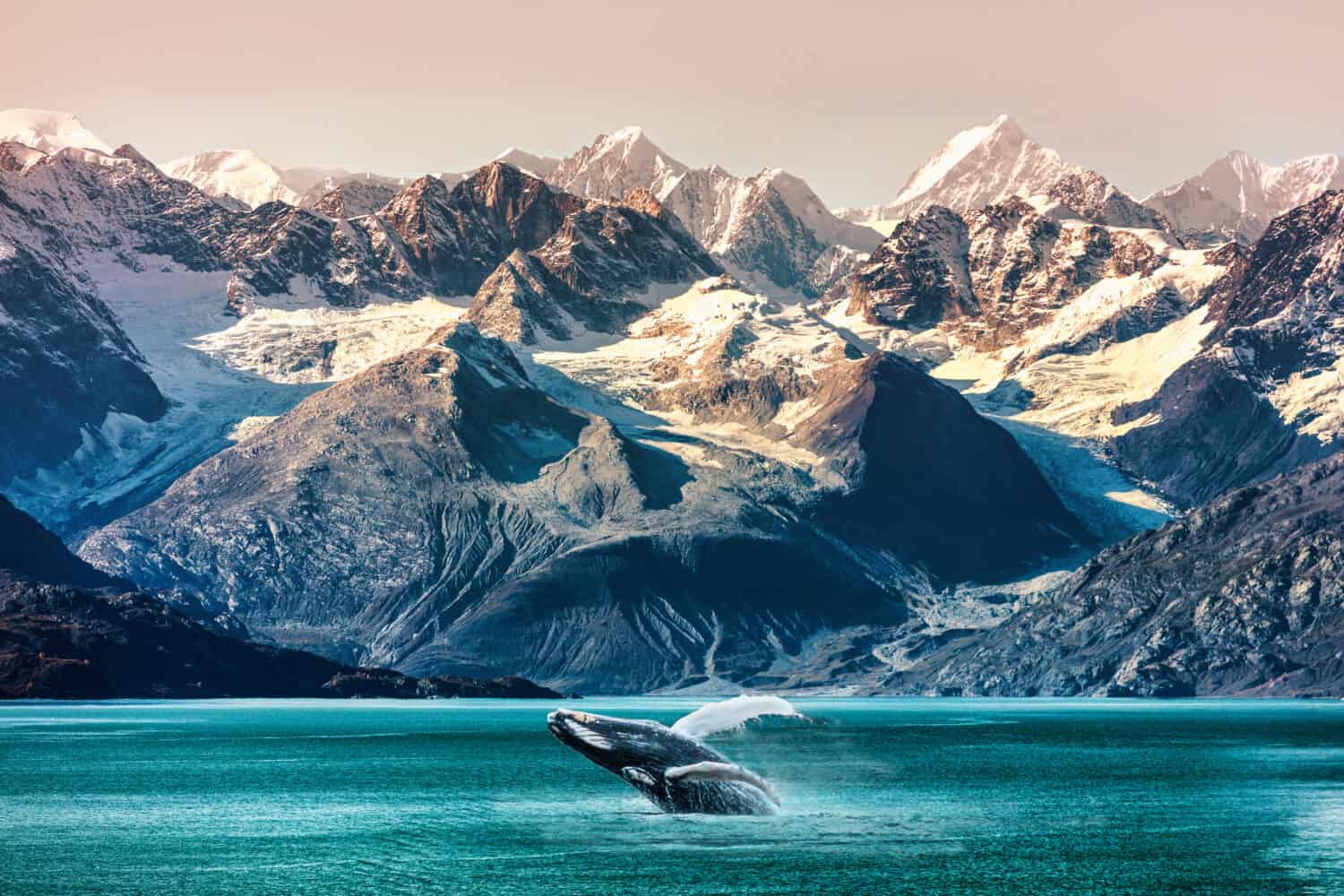
Alaska derives its name from the Aleut word “alaxsxaq,” meaning “the mainland” or “the object towards which the action of the sea is directed.” It was first introduced as a name for the territory by Russian explorers.
Arizona
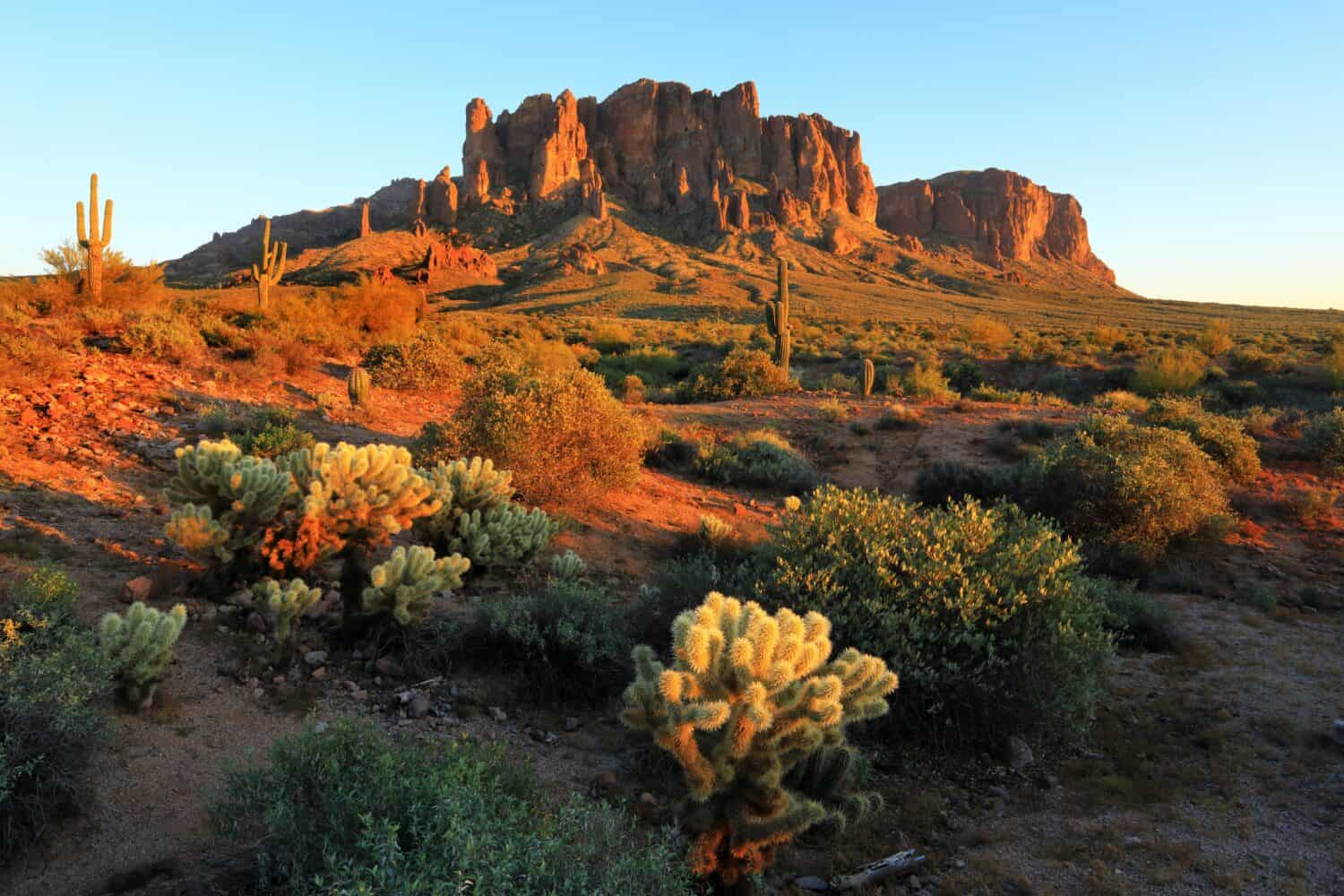
This is a tricky one. Some say it’s a play on “arid zone.” Some claim it comes from the Aztec word “arizuma,” meaning “silver bearing.” Some believe it was named after the indigenous O’odham people. And others believe it was named after the Papagos tribe of the Southwest, who named the locality in which they lived “Arizonac,” meaning “site of the small springs.”
Arkansas

Arkansas is another state with a disputed name origin. All that’s known is that the word has an Algonquin origin, but the meaning of that word is unknown. Some believe that “Arkansas” is a French take on “Kansas,” a Sioux name for “south wind people.”
California
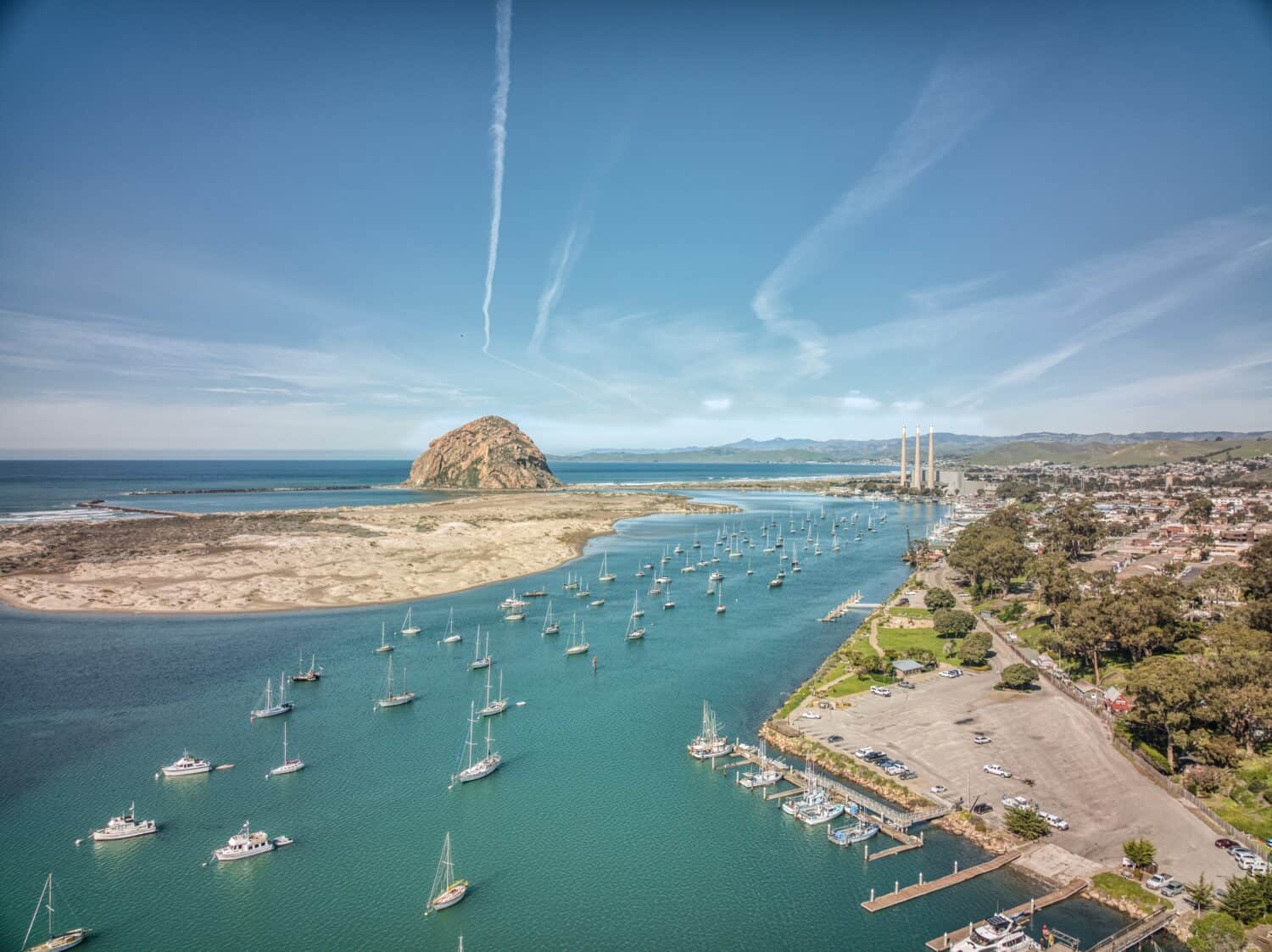
The leading theory is that California was named by conquistador Hernán Cortés, who based the name off of an imaginary gold-filled paradise island in a 1510 romance by Spanish author Garci Rodríguez de Montalvo called “The Adventures of Esplandián.”
Colorado
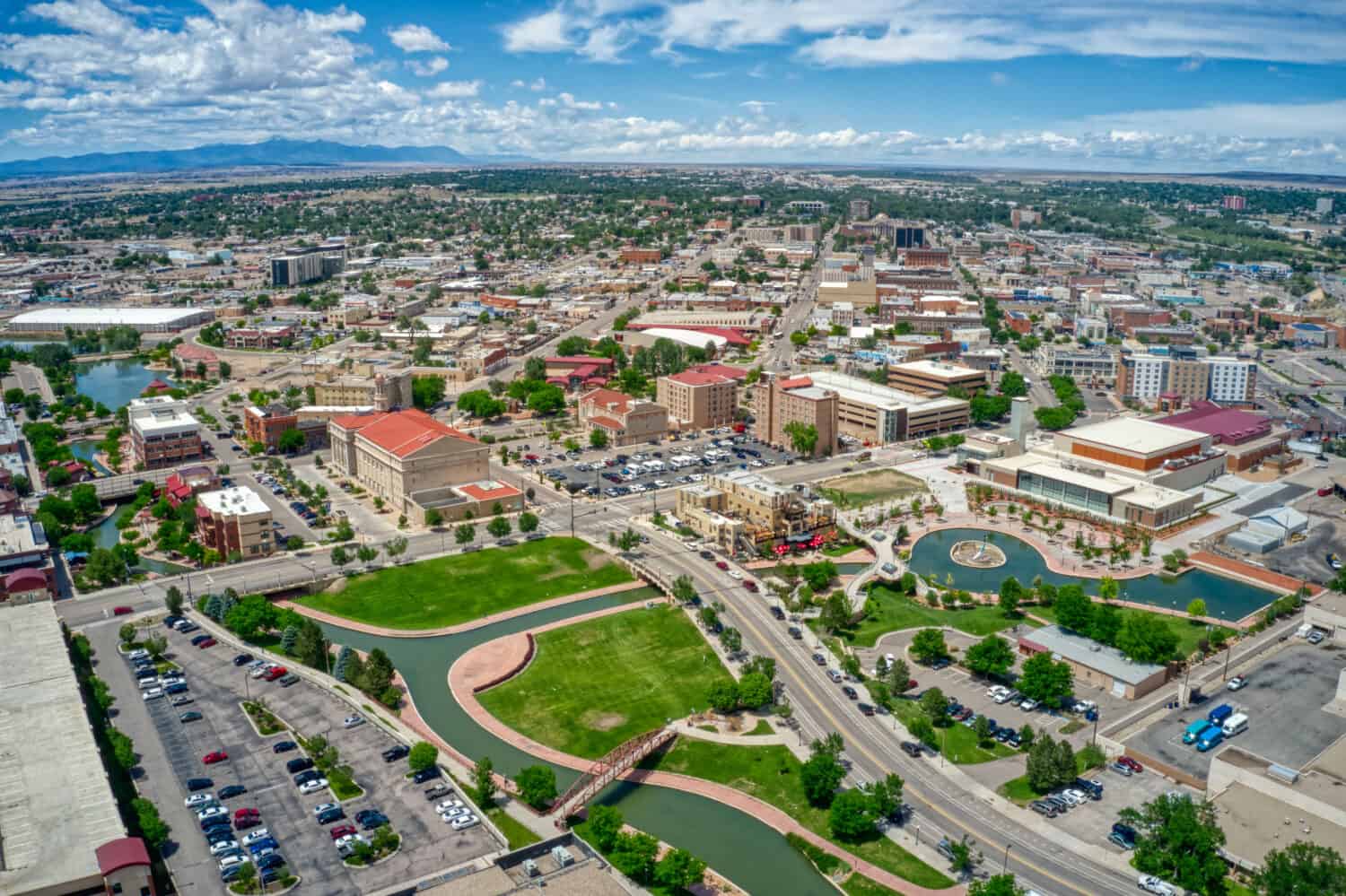
It’s widely believed that Colorado received its name from the Colorado River, even though only tributaries flow from the state. The word also translates from Spanish to “colored red,” so it could be inspired by red earth in some parts of the state.
Connecticut
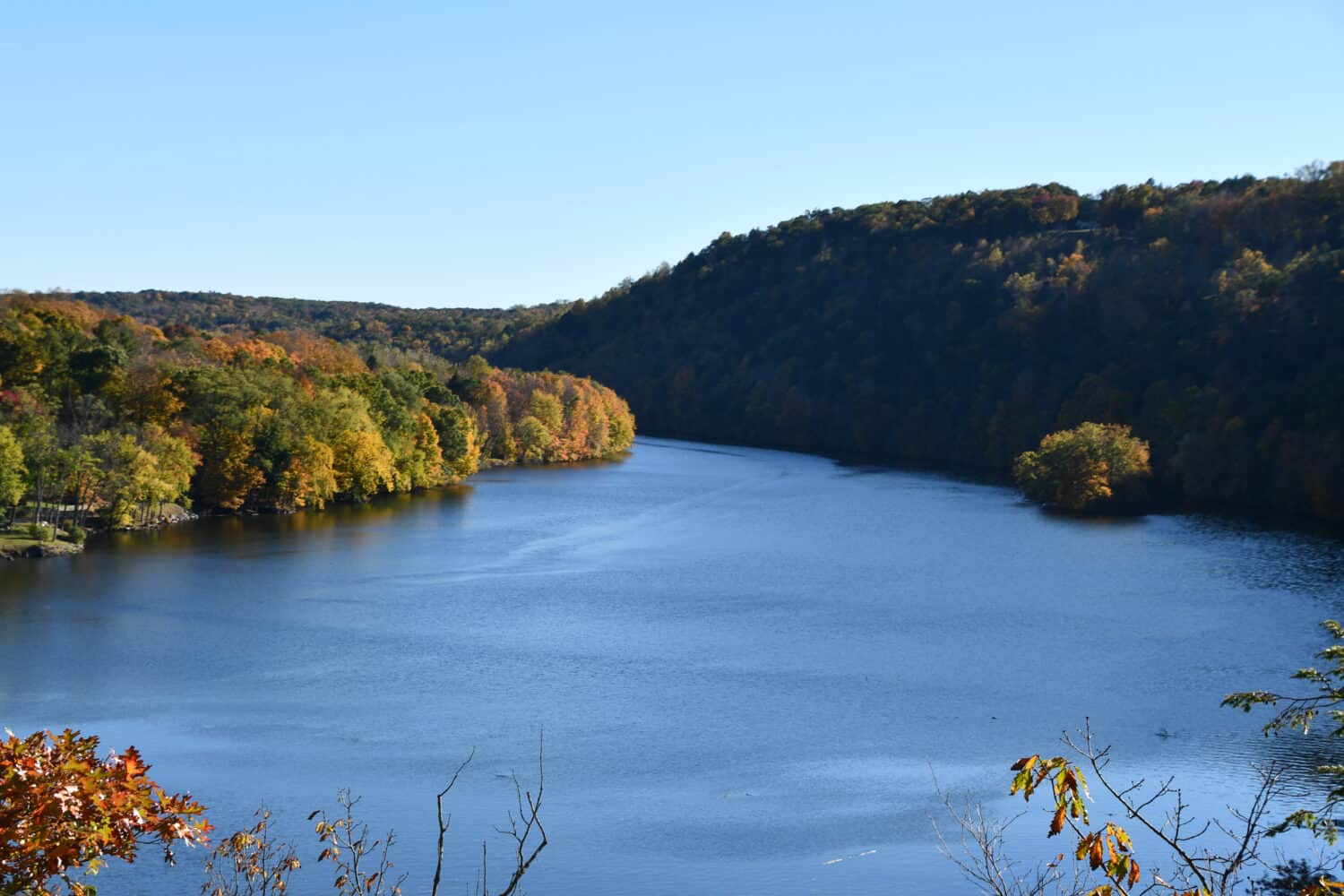
The prevailing theory is that “Connecticut” is a derivation of the Native American word “Quonoktacut,” which translates to either ”river whose water is driven in waves by tides,” “long river,” or “long river place.”
Delaware
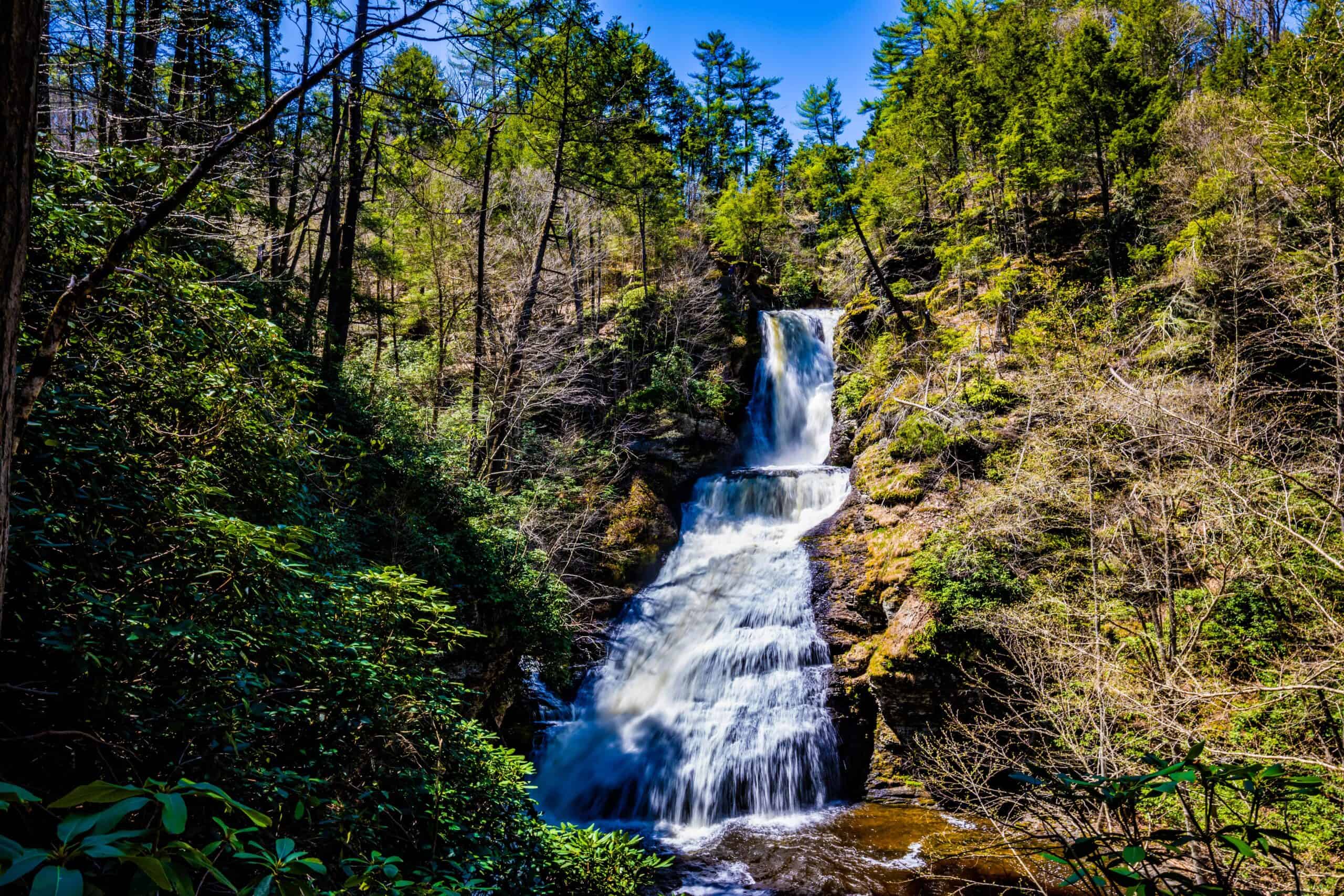
Scenic Dingmans Falls in Delaware Township tourist destination place
“Delaware” may sound like a Native American word, but it isn’t; the state was named after Thomas West, Baron De La Warr, who was the first governor and captain-general of Virginia and explored the region in 1630.
Florida
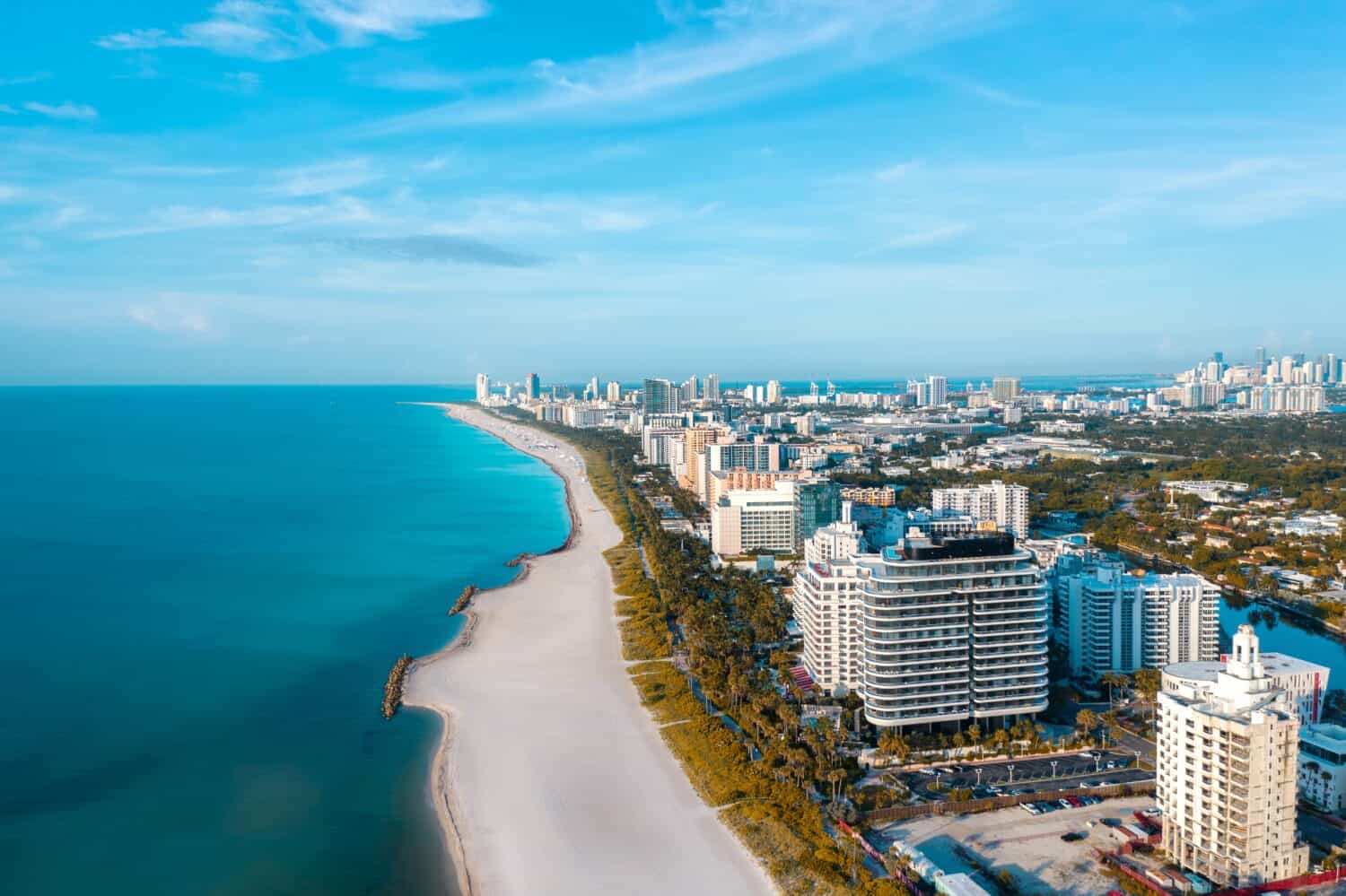
Florida was named by explorer Ponce De Leon, who landed there on Easter Sunday, the Spanish Pascua de Flores, meaning “Feast of Flowers.” In the holiday’s honor, he derived its name from the word “flores.”
Georgia
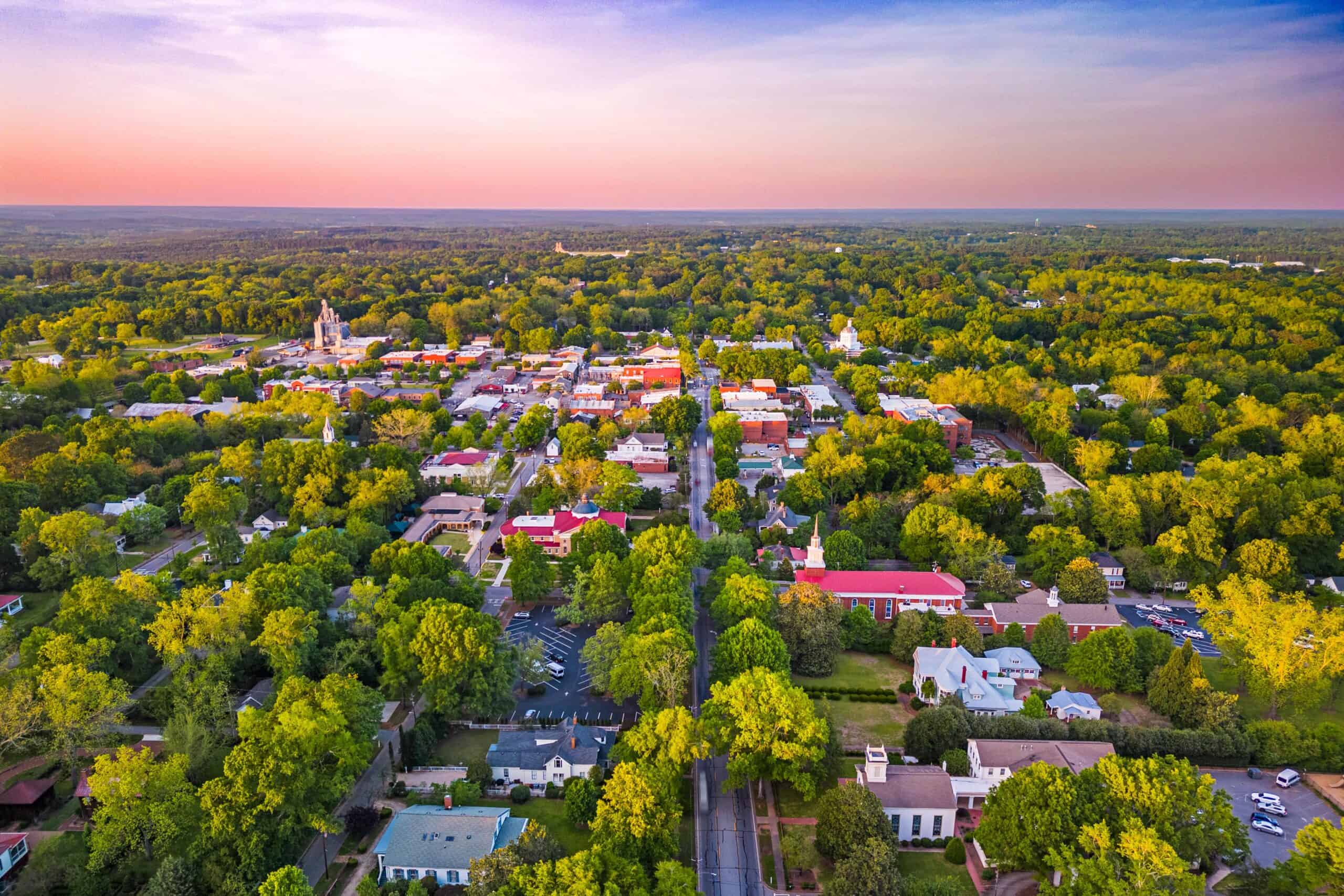
Madison, Georgia, USA overlooking the downtown historic district at dusk.
Georgia was named for (and by) King George II of England, who granted the state’s official charter in 1732.
Hawaii
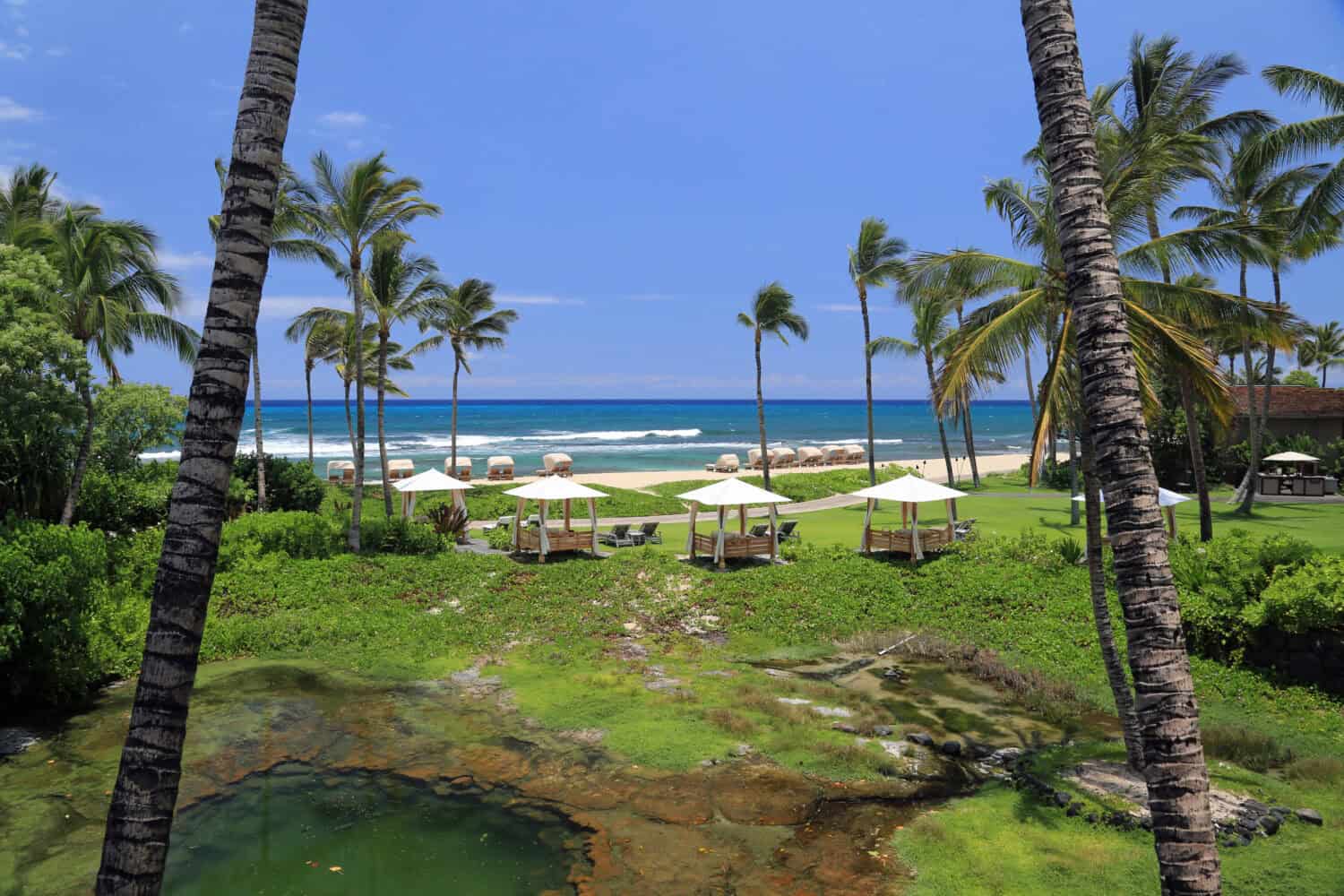
“Hawaii” is the English spelling of the Proto-Polynesian word “Owhyhee,” which most likely translates to “homeland.” It originally referred to the ancestral homeland of the Polynesians and was later applied to the Hawaiian Islands.
Idaho
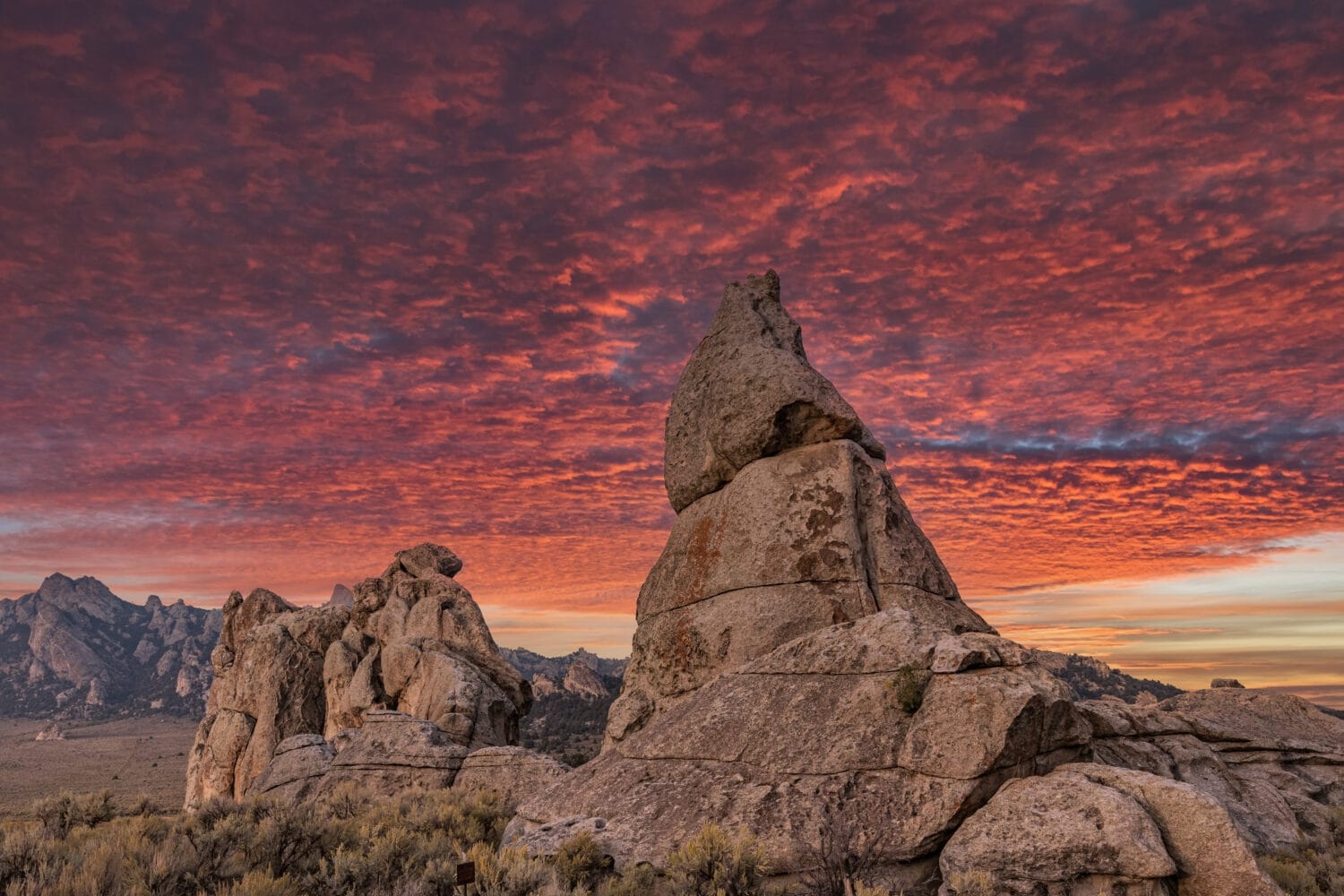
The origin of the name “Idaho” is uncertain, but the two leading theories are a Native American word meaning “gem of the mountains” or the Shoshone phrase “edah hoe,” meaning “light on the mountains.”
Illinois
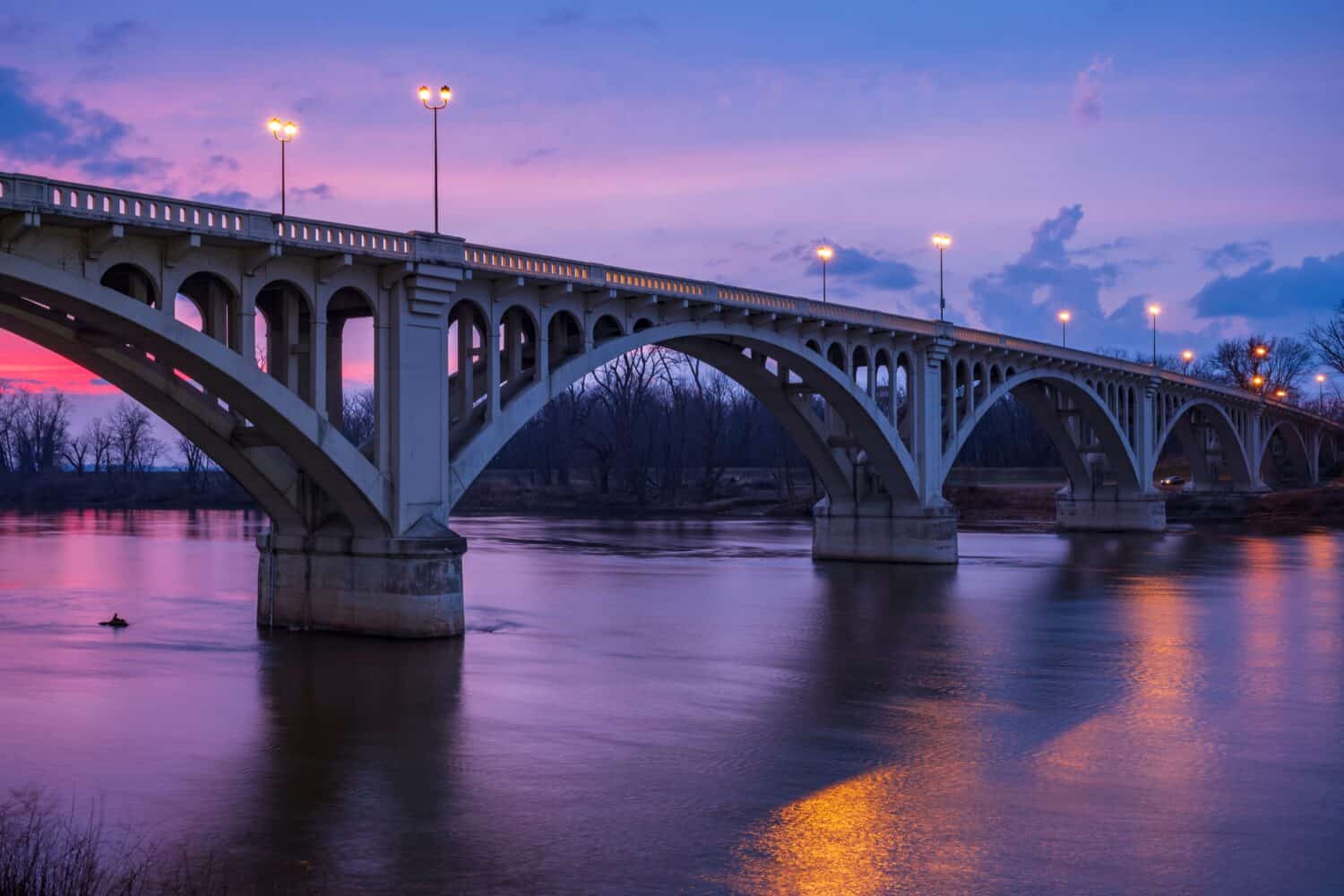
“Illinois” is a mashup of the Illini Indian word meaning “men” or “warriors,” along with the French suffix “ois.”
Indiana
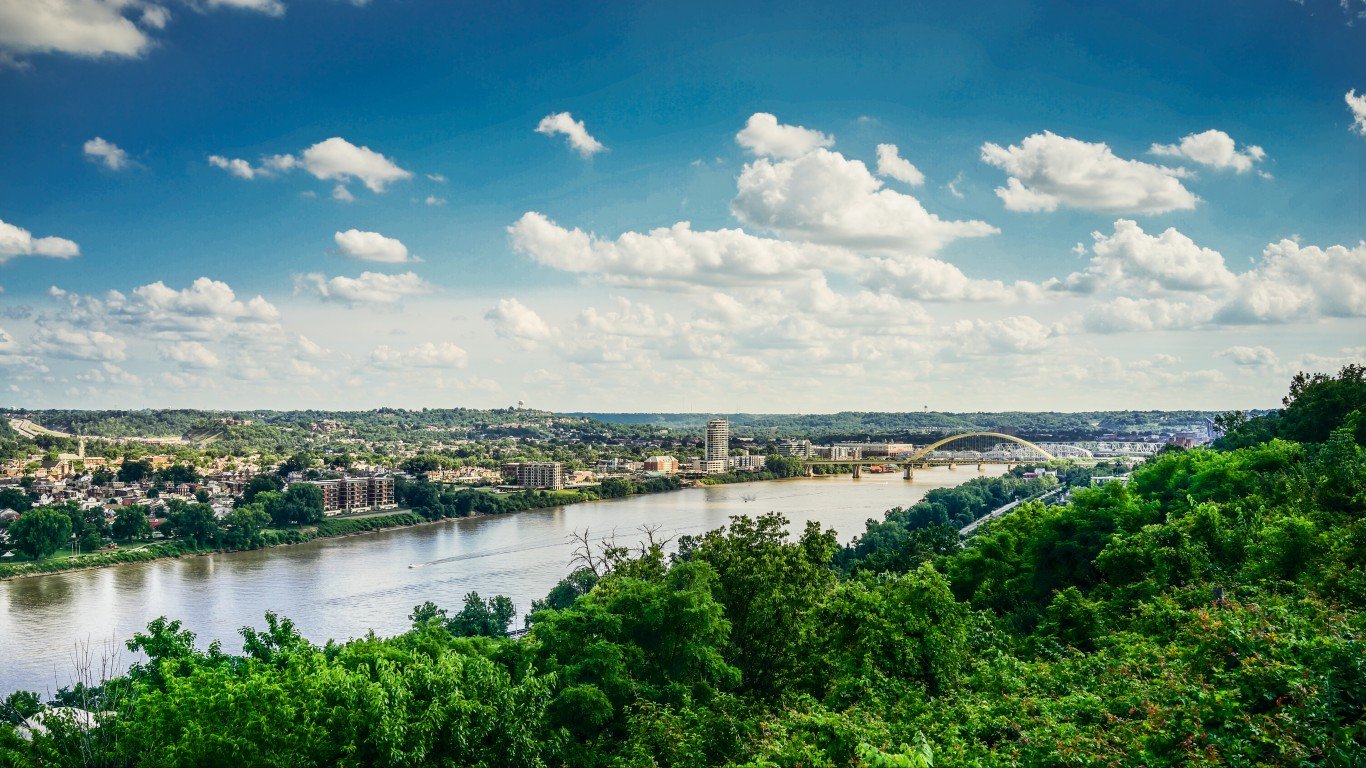
It’s assumed that Indiana got its name because the land along the Ohio River was purchased from Native Americans, or that it was named after the Native American tribes who lived on the land.
Iowa
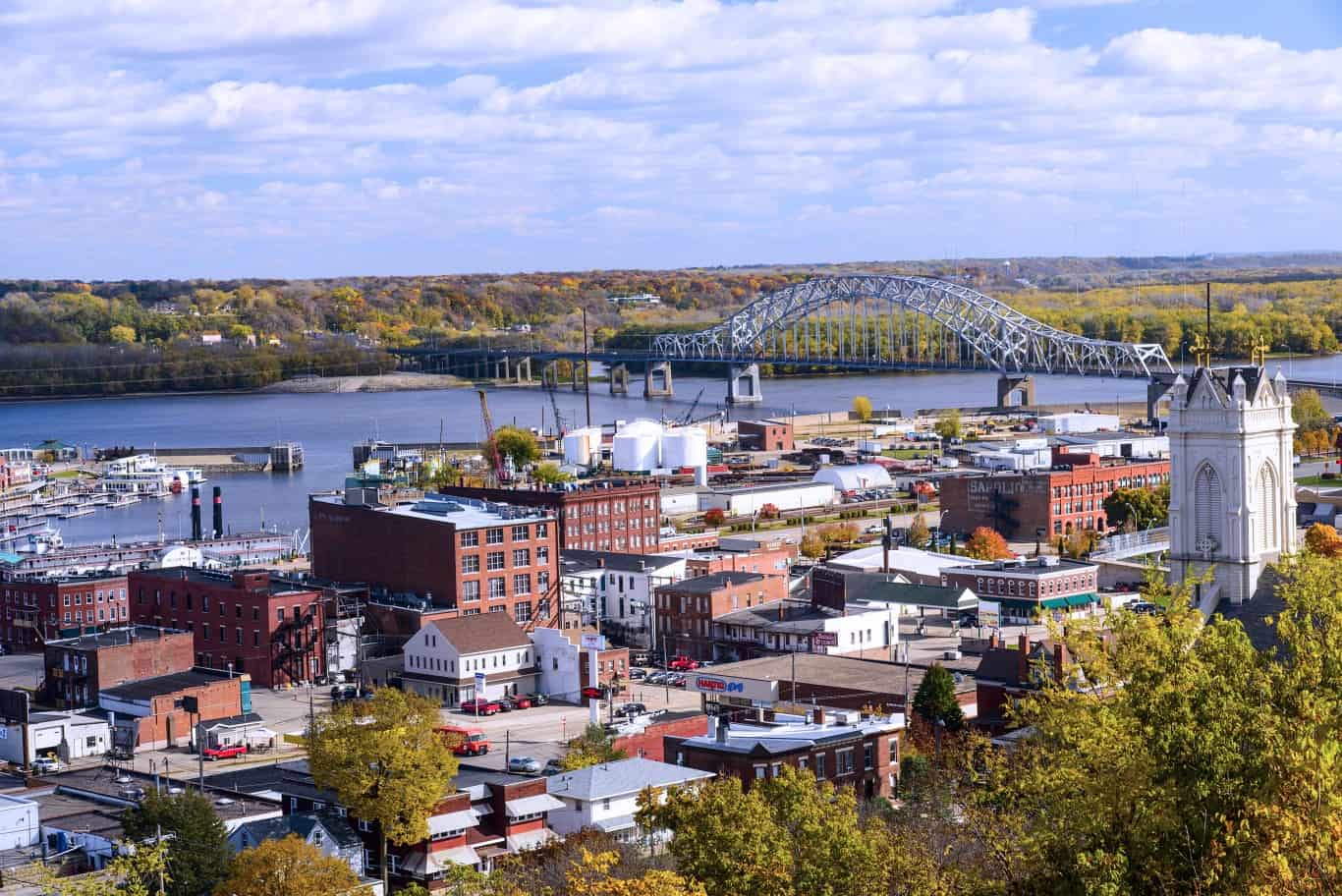
View from the 4th Street elevator
Iowa was named after a Native American tribe called the “Ah-hee-oo-ba,” meaning “sleepy ones.” They lived in the valley of the river which they named for themselves, and then the river’s name was used for the state.
Kansas

Kansas was named for a tribe of the Sioux family, called the Kansas or Kanza, who also lived alongside a river that they named after themselves that was later adopted as the state name. The word itself translates to “wind people.”
Kentucky
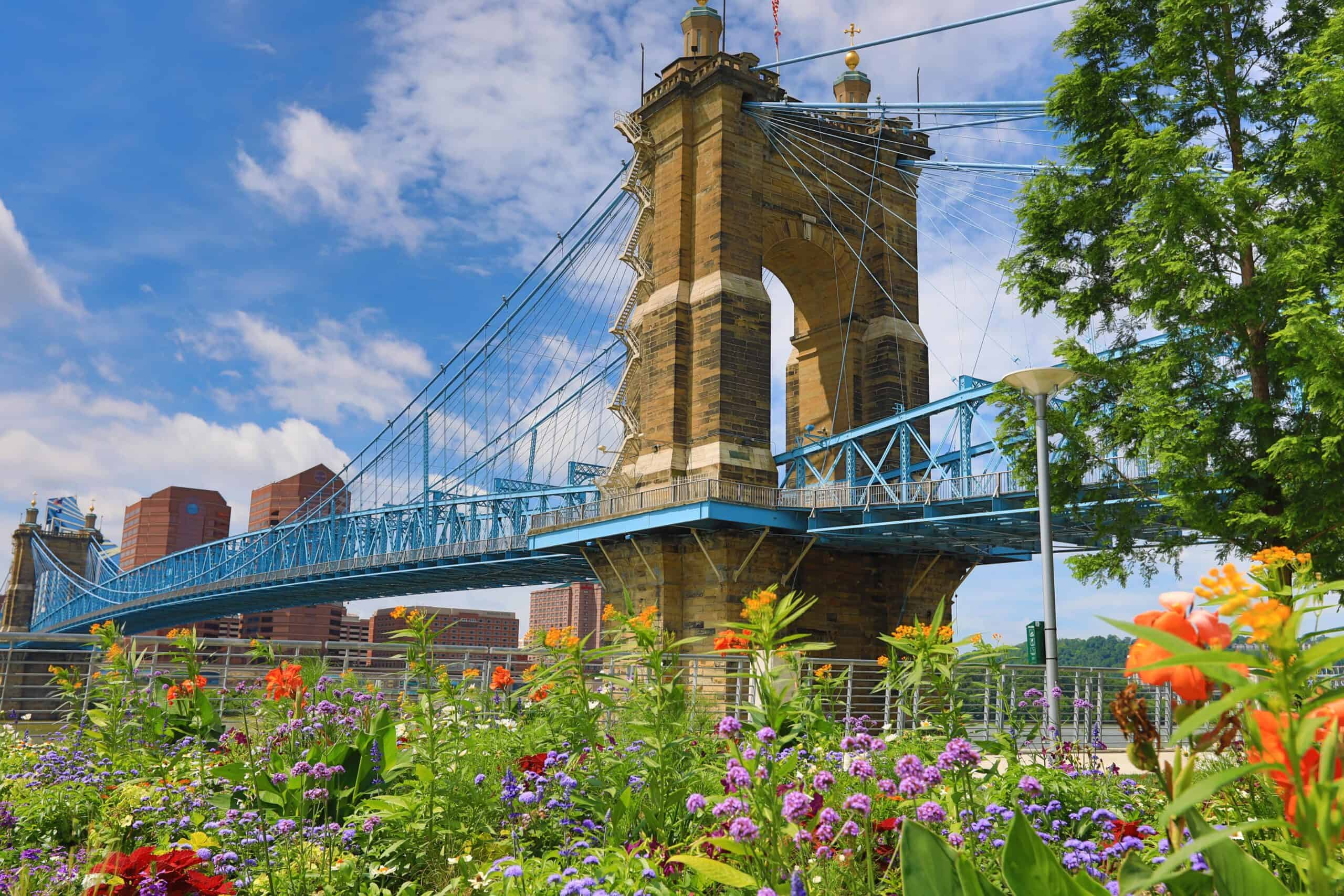
The John A. Roebling Bridge was built in 1866 to connect Covington, Kentucky to Cincinnati , Ohio. It spans the Ohio River.
There are three theories as to where the name “Kentucky” came from: the Native American word “Kentake,” meaning “meadow land;” a Shawnee word meaning “at the head of a river;” and the Wyandot word “ken-tah-ten,” meaning “land of tomorrow.”
Louisiana

A view of Monroe, Louisiana from across the Ouachita River.
French explorer Rene Robert Cavelier de La Salle named Louisiana in 1683, after King Louis XIV of France.
Maine
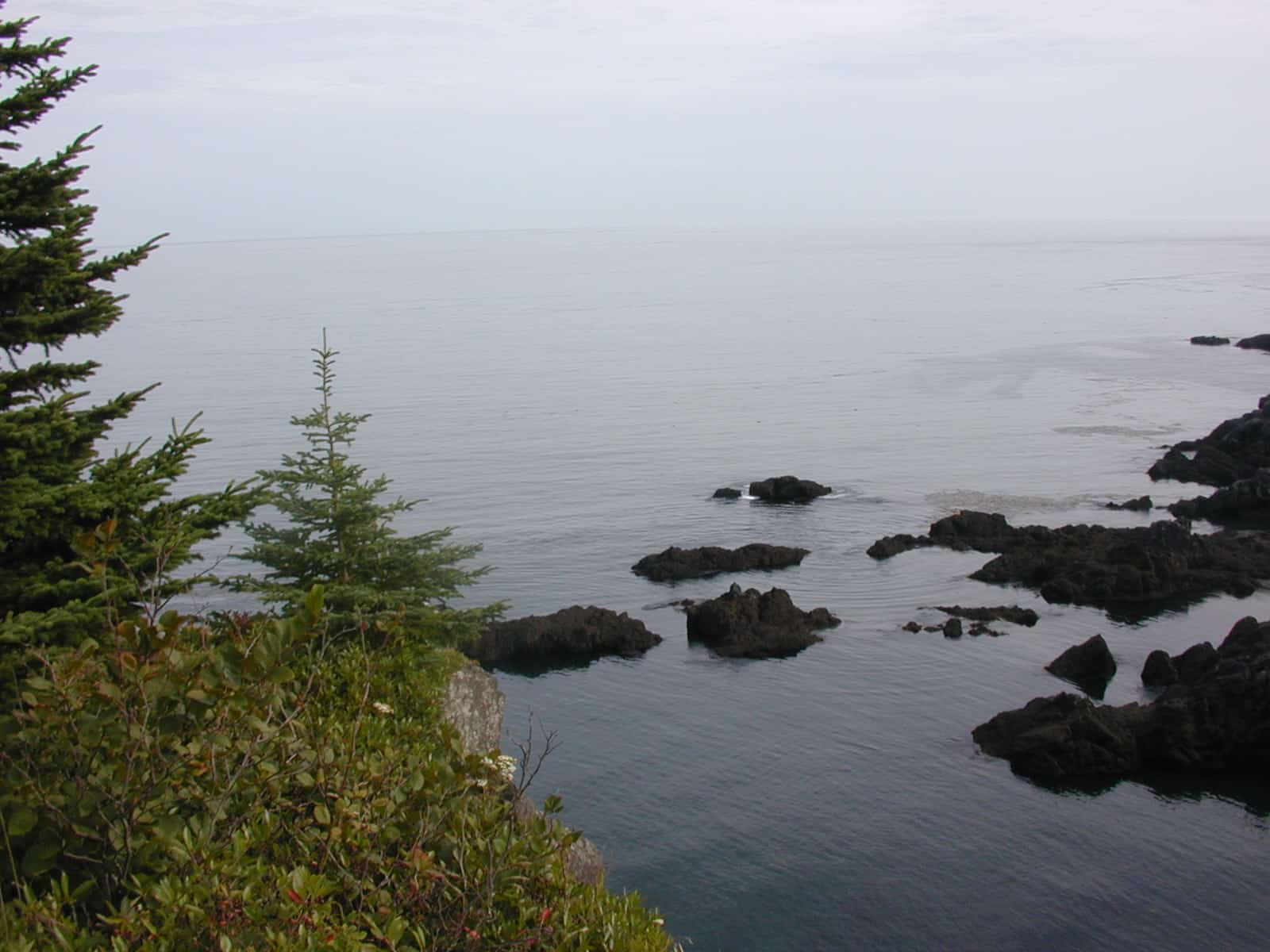
One theory claims that Maine was named after the French province of the same name; the other asserts that the name from it being called the “main” or “mainland” by early fishermen.
Maryland
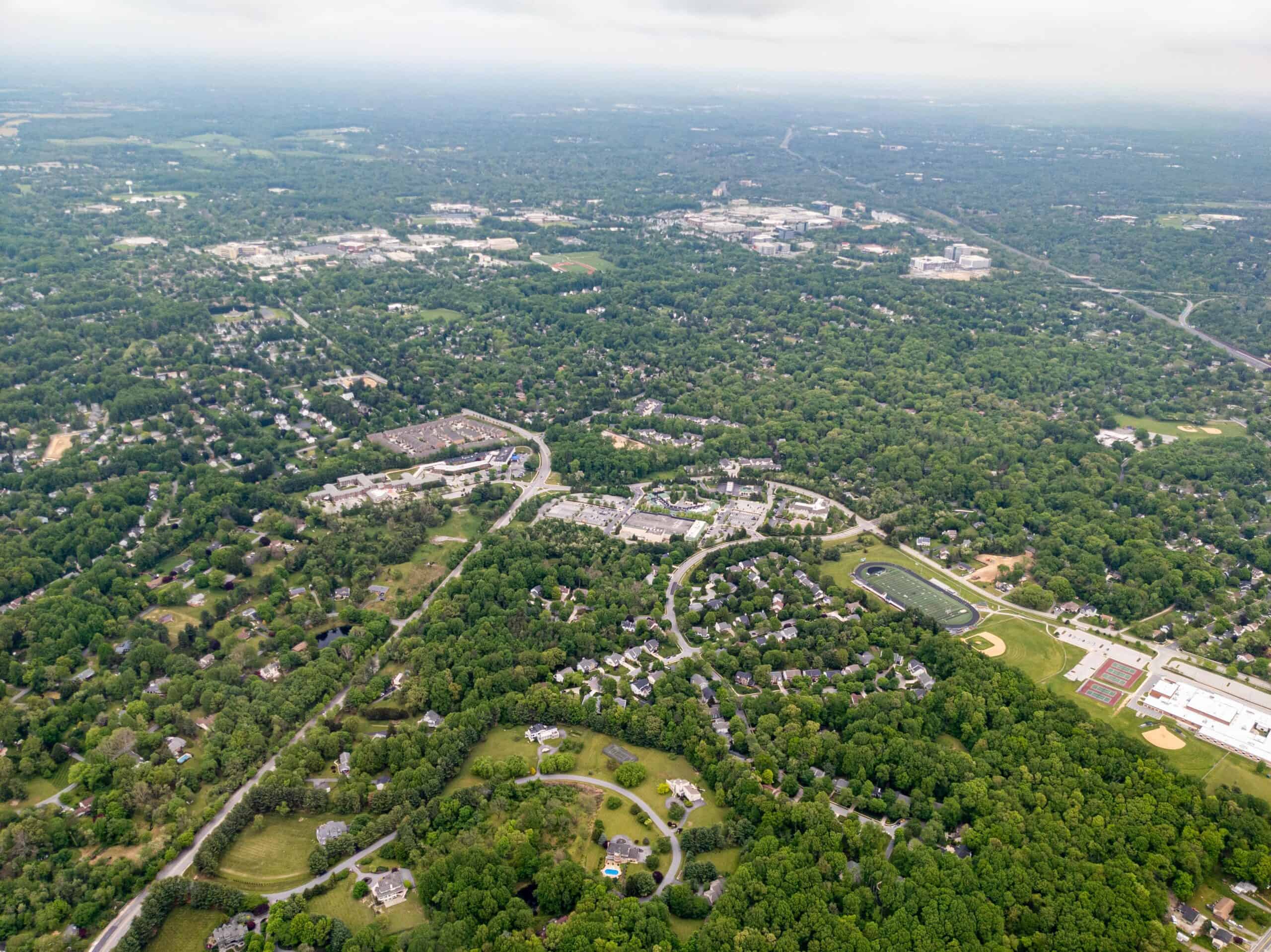
Aerial view of Columbia, Maryland
The province of Maryland was named after Queen Henrietta Maria, the wife of King Charles I of England, upon its founding in 1632.
Massachusetts
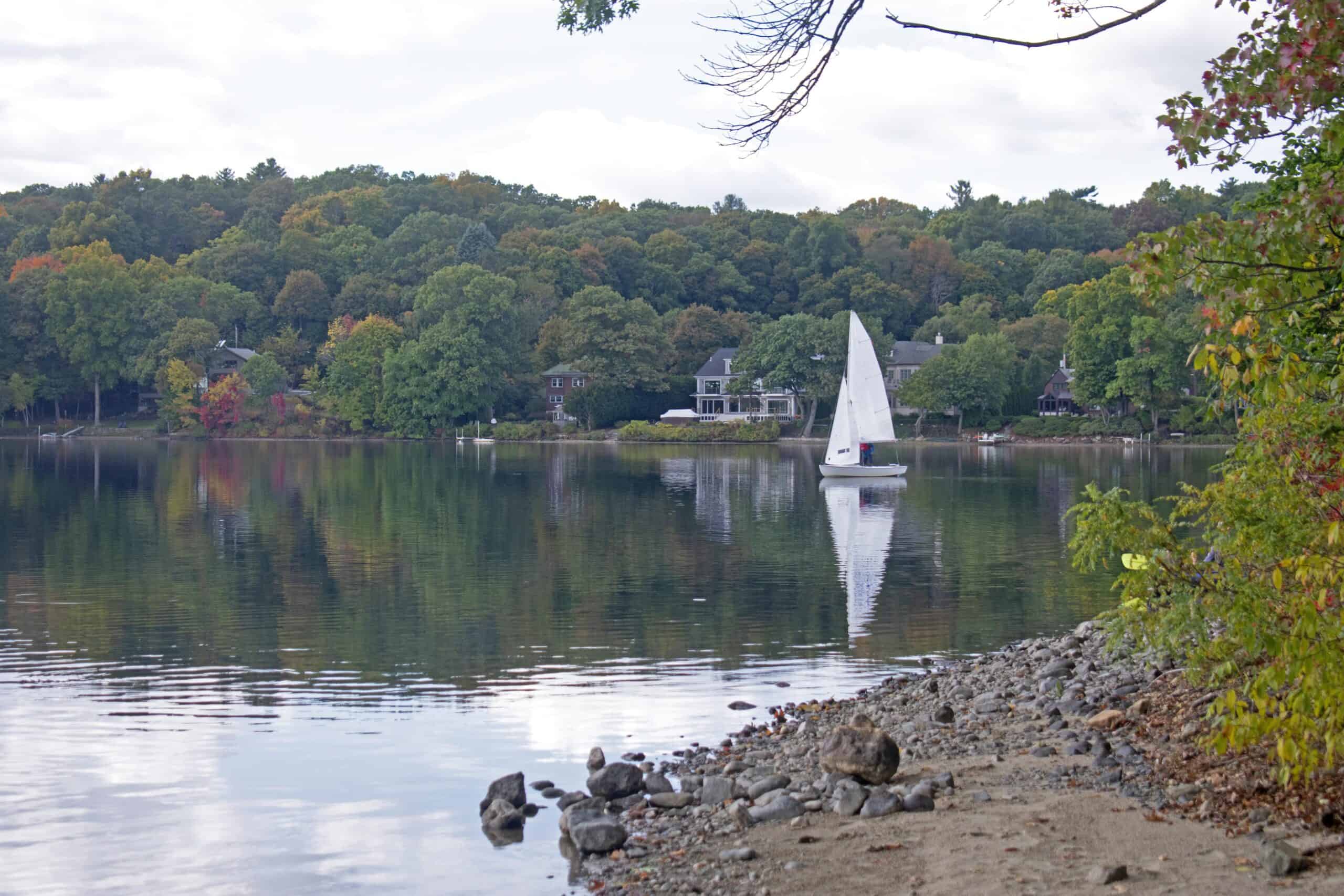
A light breeze sends ripples to the calm waters of Mystic Lake in Arlington, Massachusetts with reflecting white cumulus clouds on the lakes waters.
The name “Massachusetts” was derived from the Massachusett tribe of indigenous people, who lived south of Boston. The name translates roughly to “at or about the Great Hill,” but there have been several additional interpretations, as well.
Michigan
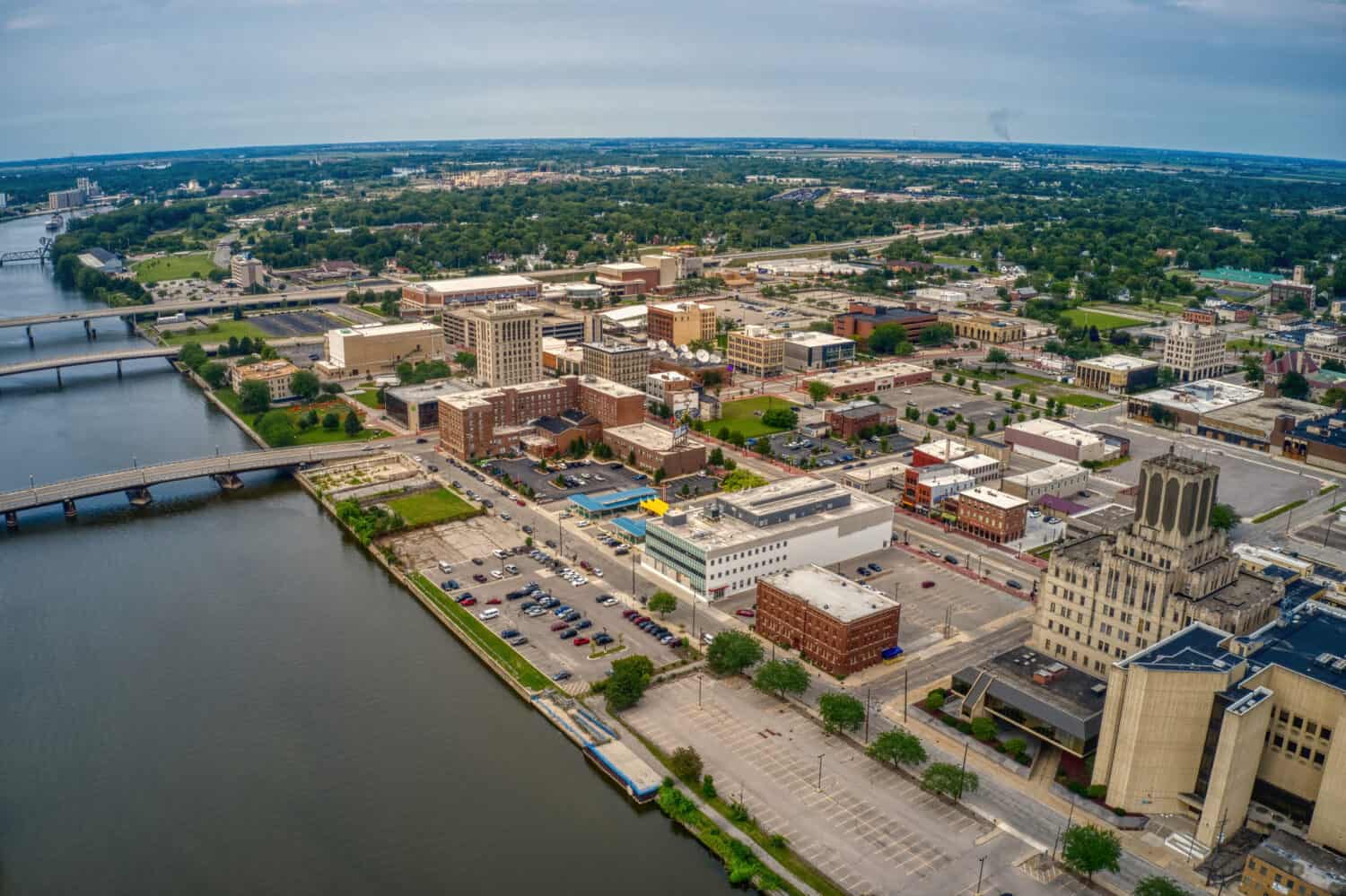
Michigan got its name from the Algonquin word “Mishigamaw,” meaning “big lake” or “great water.” The lake name came before the state name.
Minnesota
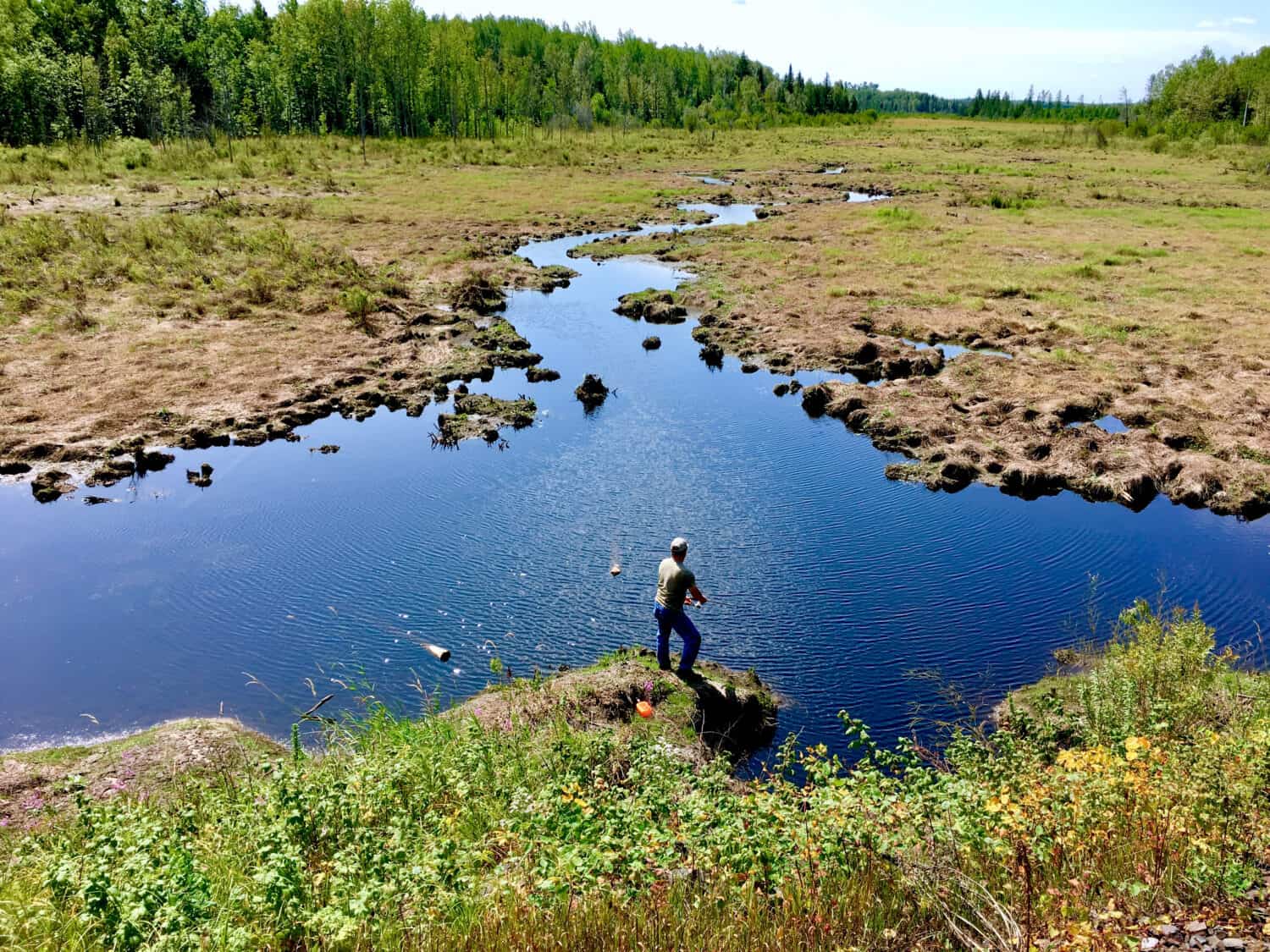
“Minnesota” comes from the Dakota Sioux word “mni sota,” meaning “cloudy water;” it got its name from the river of the same name.
Mississippi
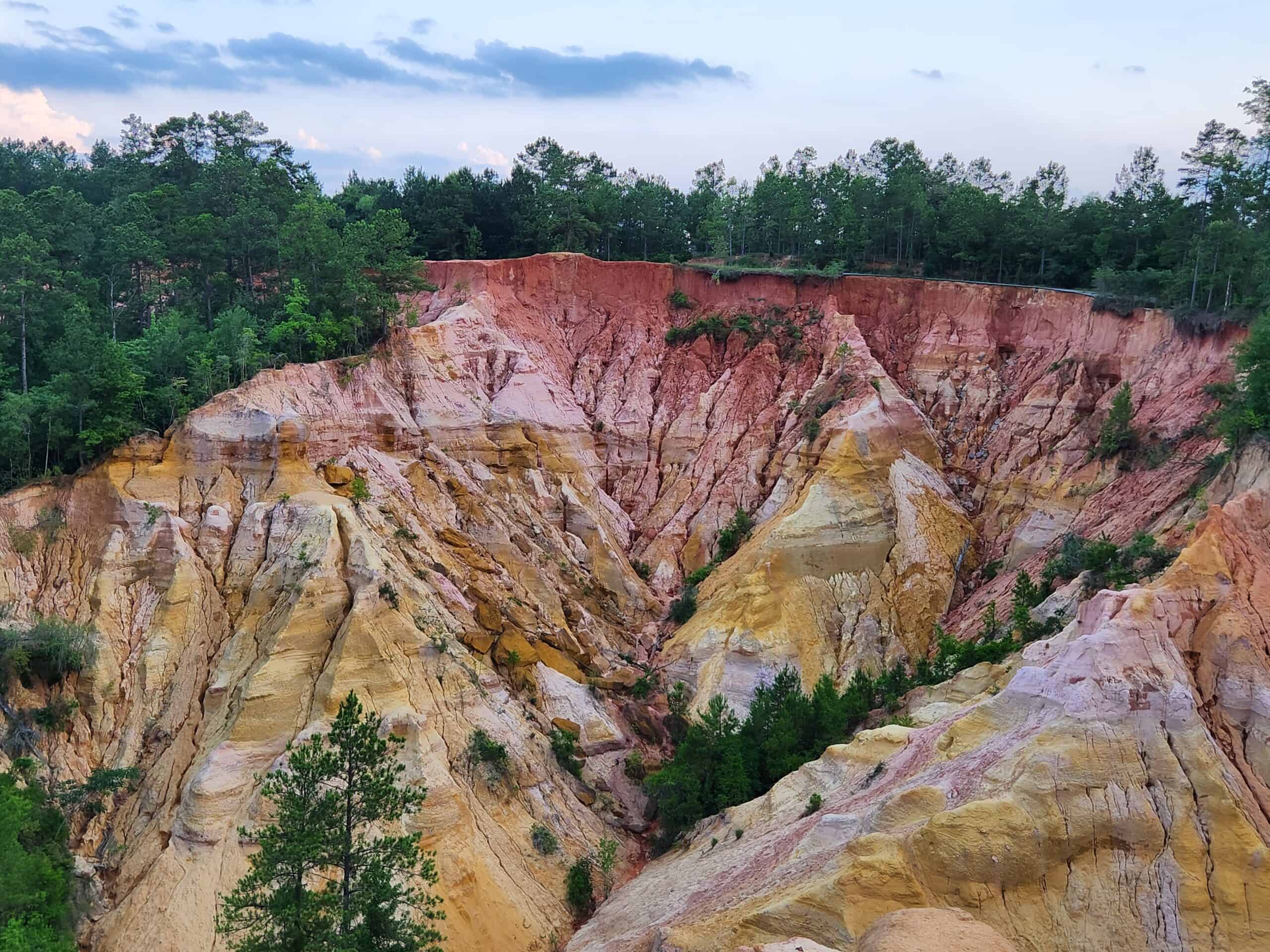
First written down by explorer Henri de Tonti as “Michi Sepe,” Mississippi translates from Native American to “great river” or “gathering-in of all the waters.”
Missouri
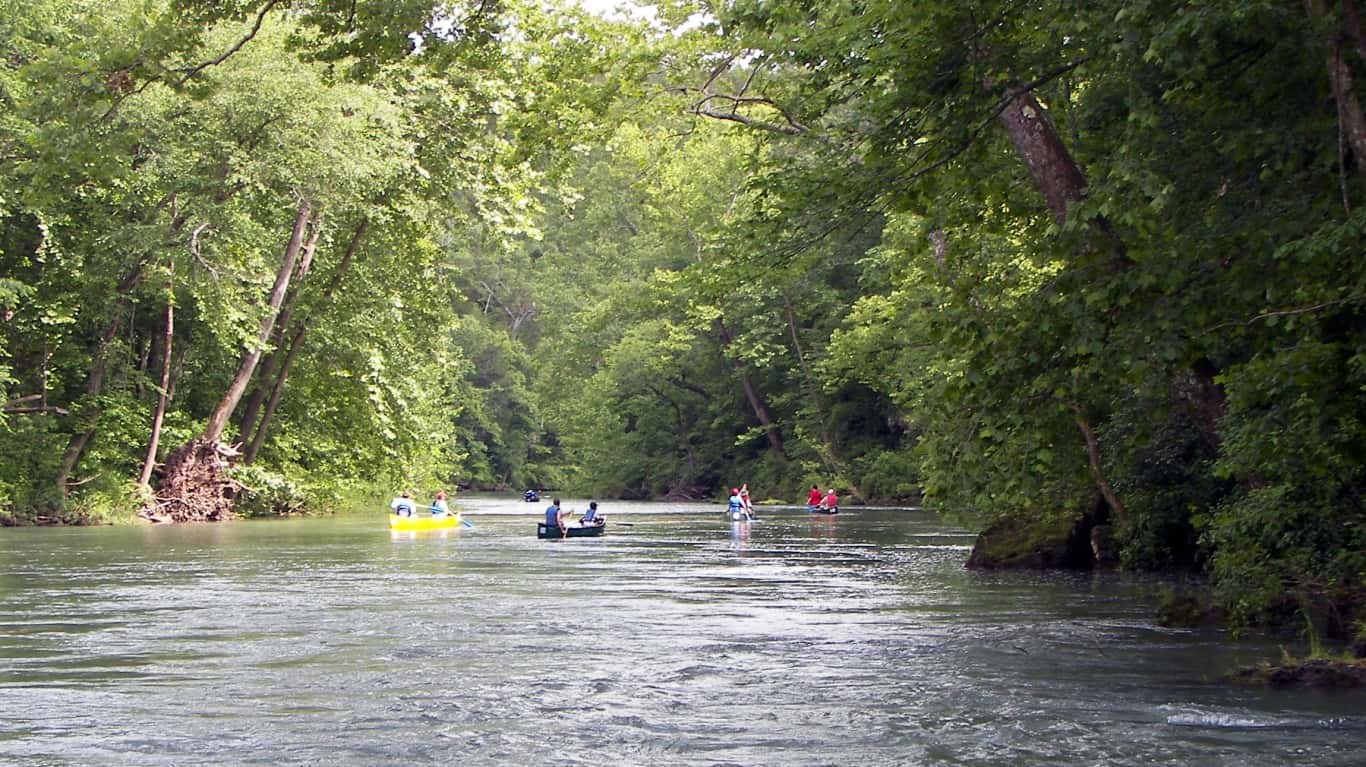
Scene on the upper Current River in the Ozarks of Shannon County in southern Missouri, between Welch Spring and Akers Ferry. This is part of the Ozark National Scenic Riverways, a national park created by Congress in 1964 to preserve the Current and Jacks Fork Rivers. The Current River contains the worlds largest concentration of first-magnitude springs (flow greater than 100 cubic feet / 3 cubic meters per second). The large amounts of cold spring water contribute to a unique environment in the river; though located in a subtropical climate, watercress and other cold water flora and fauna thrive here.Photo credit: Kbh3rd via Wikimedia Commonscommons.wikimedia.org/wiki/File:Current_River_MO_2009-06-...
As in many other instances, the state got its name from the river, which in turn translates from a Native American dialect to “muddy water.”
Montana
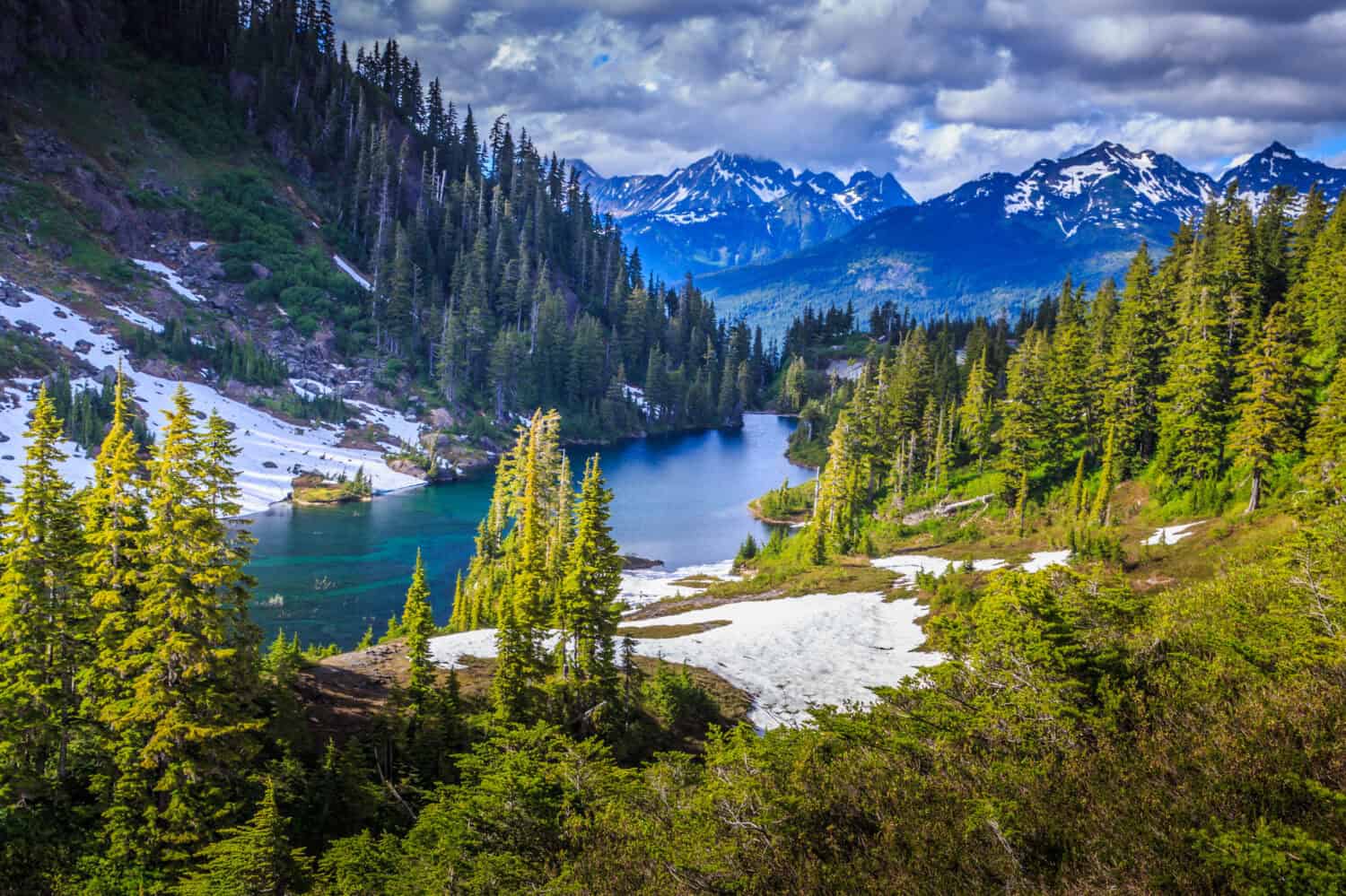
“Montana” translates from Spanish to “mountain” and from Latin to “mountainous,” so its origin is fairly self-explanatory.
Nebraska
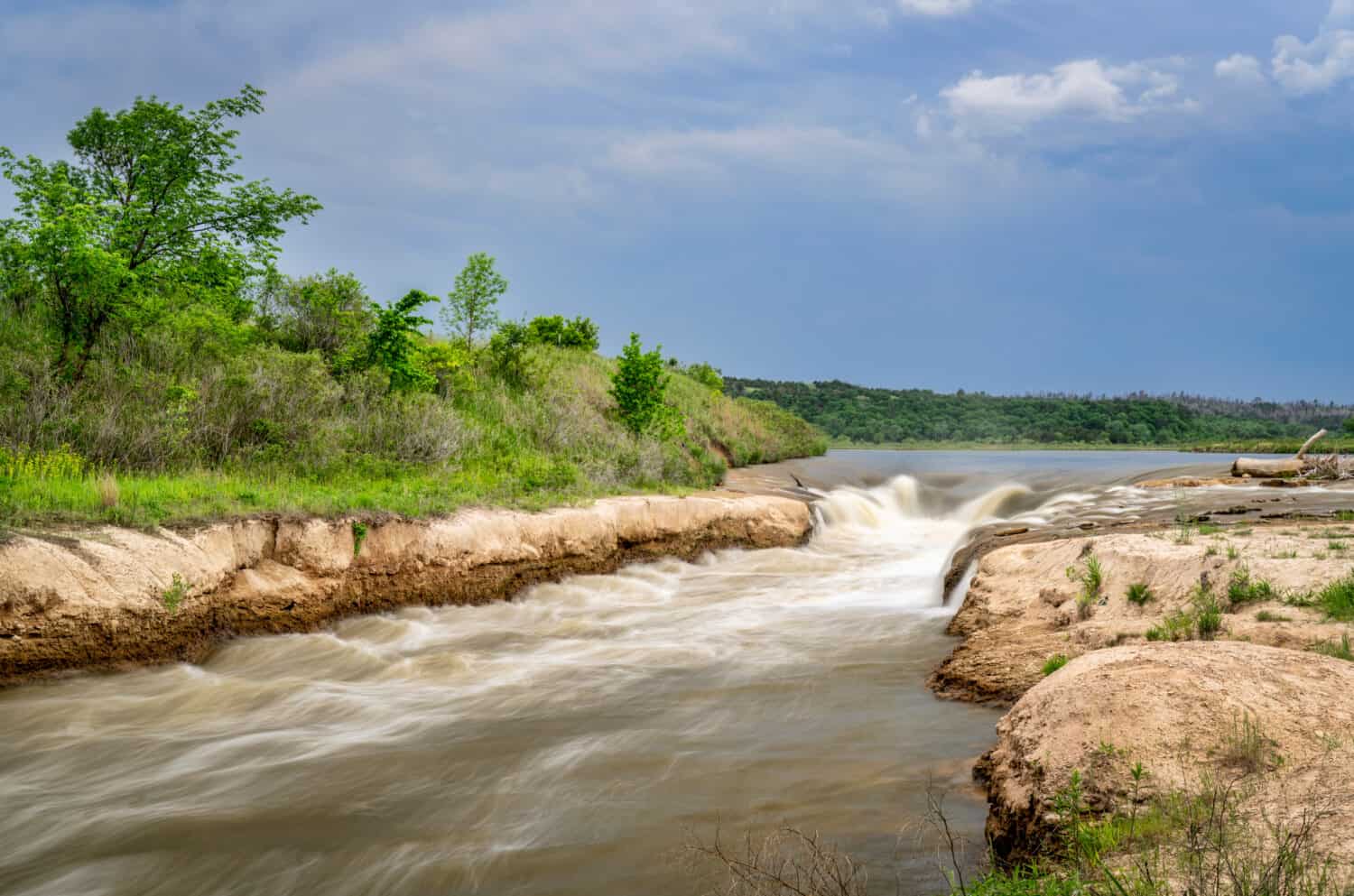
“Nebraska” translates from the Sioux word for “shallow water” or “broad water,” once again describing the river from which the state got its name.
Nevada
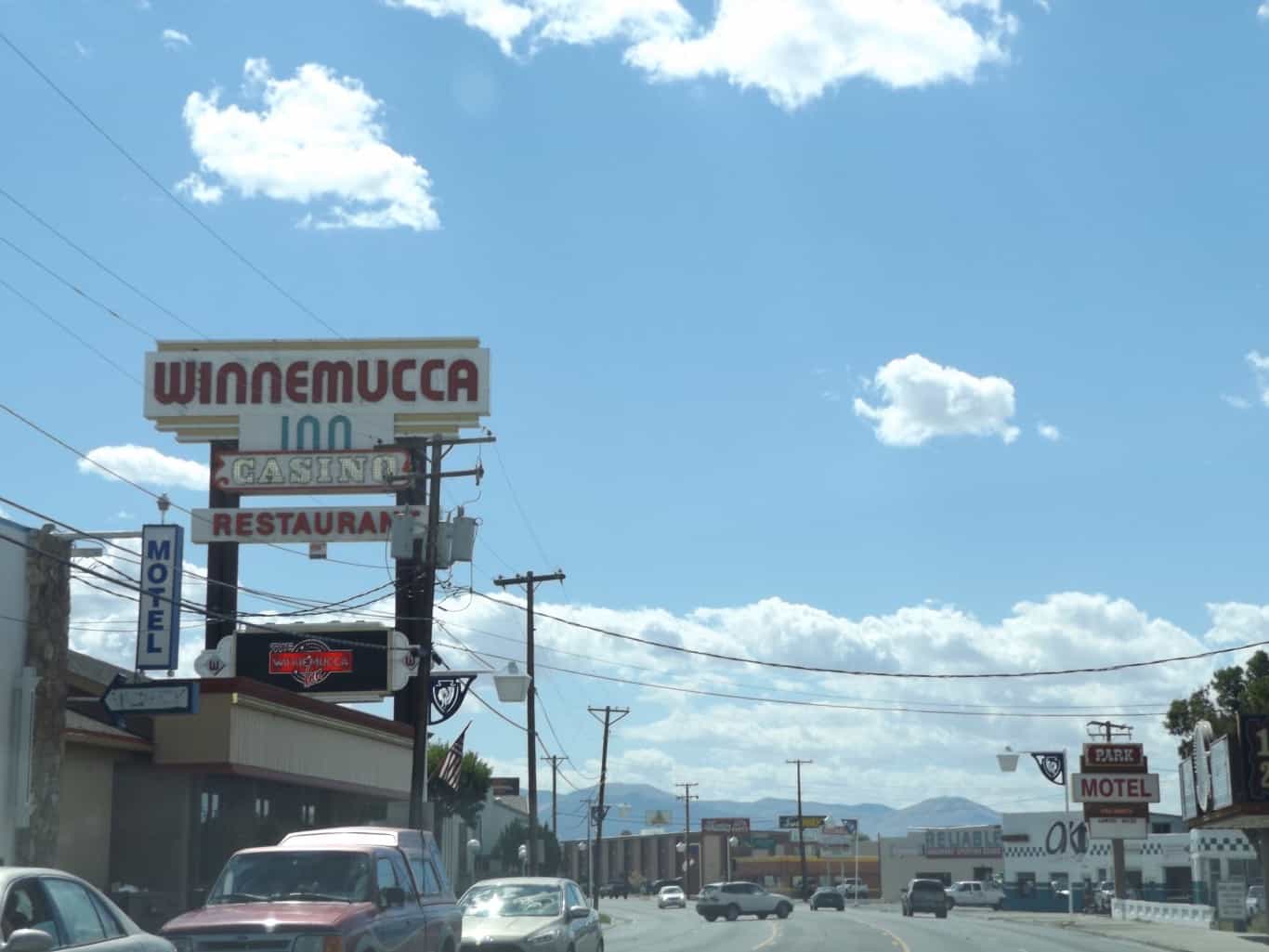
Nevada State Highway 289
“Nevada” derives from the Spanish word for “snowy,” describing the area’s snow-topped mountains.
New Hampshire

53849. White Island Light, Isles of Shoals, New Hampshire. Photochrom postcard by the Detroit Photographic Co., copyrighted 1901. Same view as the previous picture, but a different edition and apparently a different photograph.From the Photochrom Prints Collection at the U.S. Library of Congress.More prints from New Hampshire &
New Hampshire was named in 1629 by English sailor and colonist John Mason (known as the “Founder of New Hampshire”) after the English county of Hampshire.
New Jersey
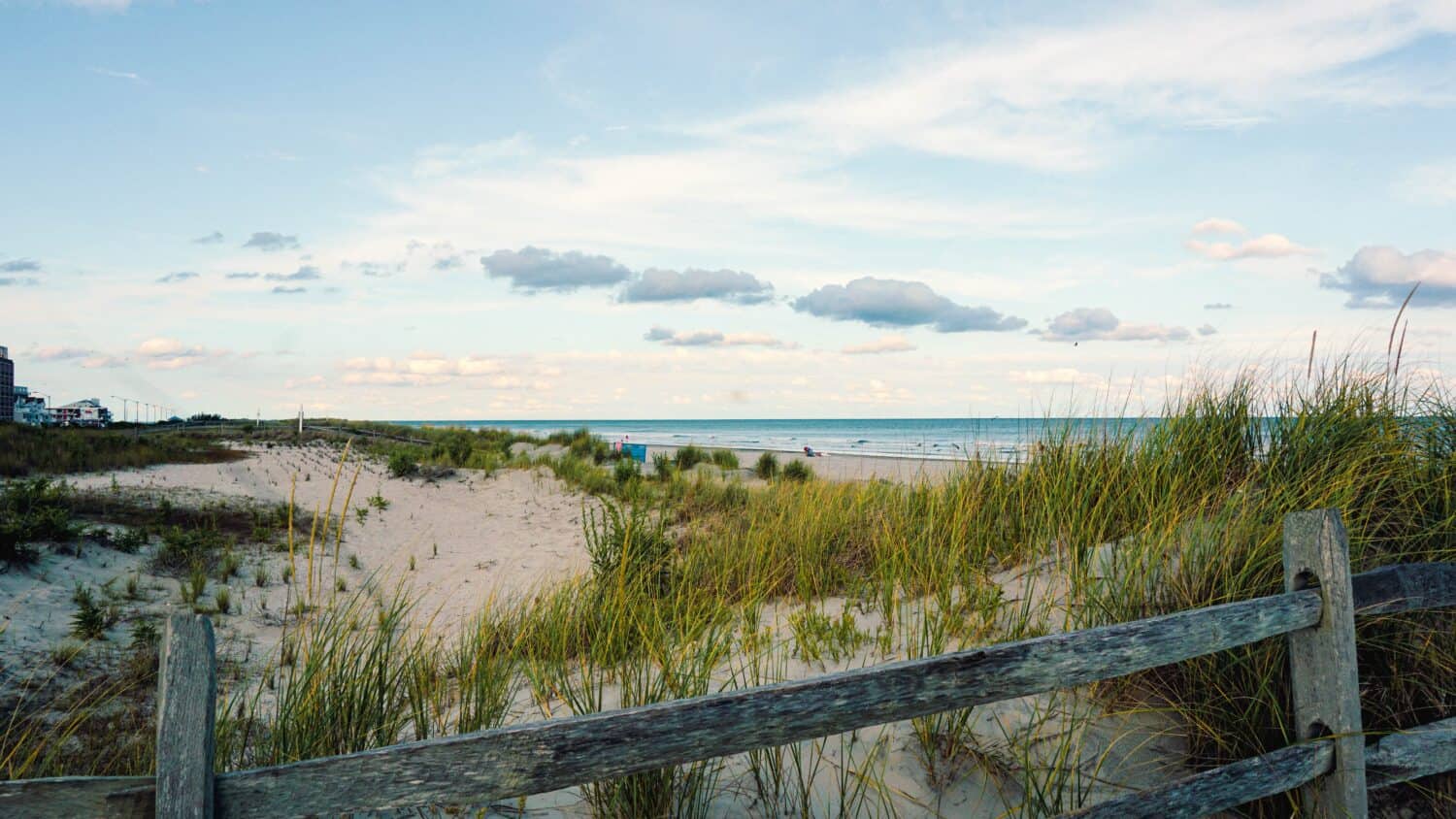
After receiving it in a grant from the Duke of York, English statesman and colonist George Carteret named the land after the Isle of Jersey off the coast of England.
New Mexico
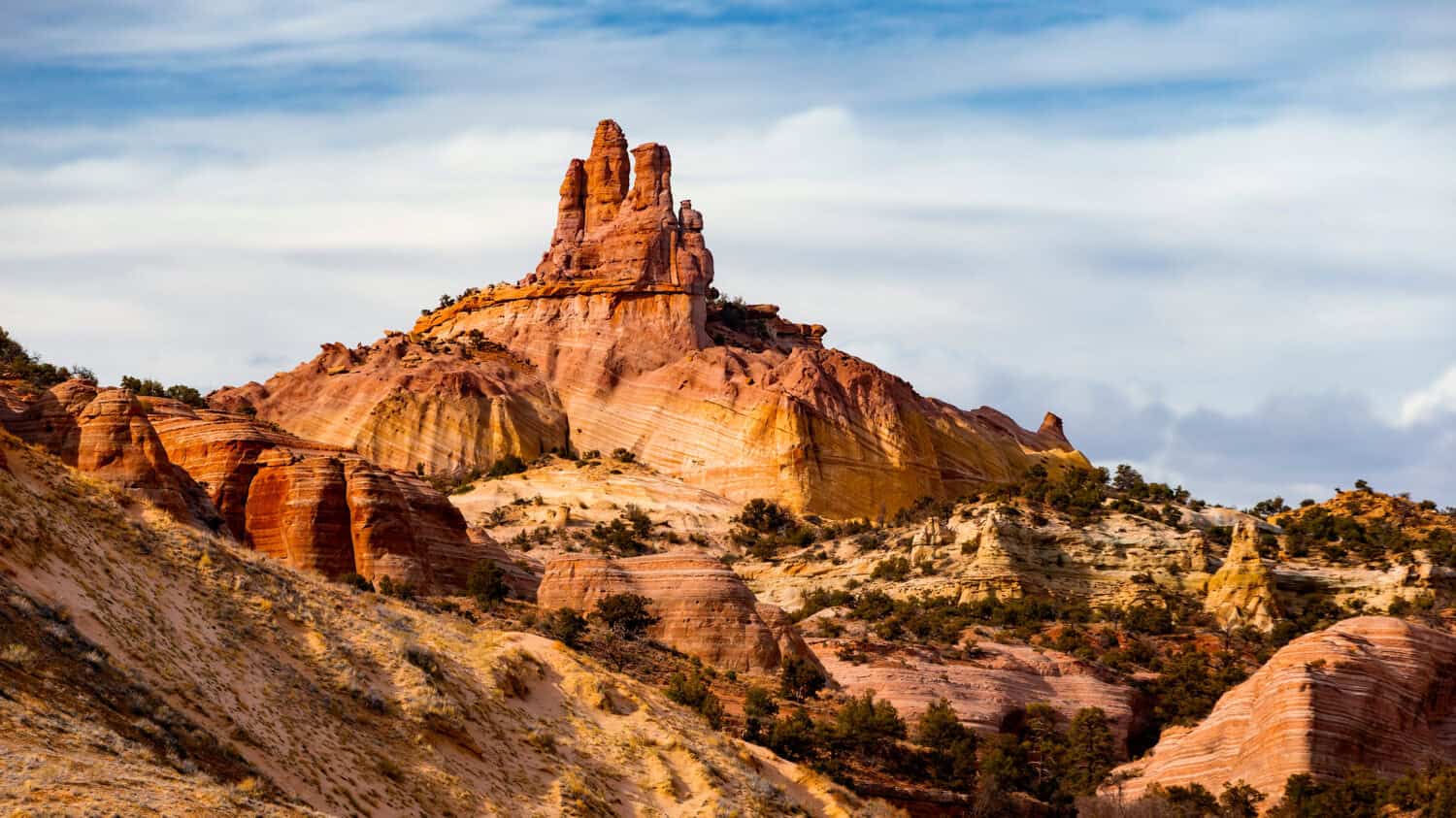
The name “Mexico” itself derives from the name of the Aztec war god Mexitli; in the 16th century, Mexicans referred to the area north and west of the Rio Grande as New Mexico.
New York
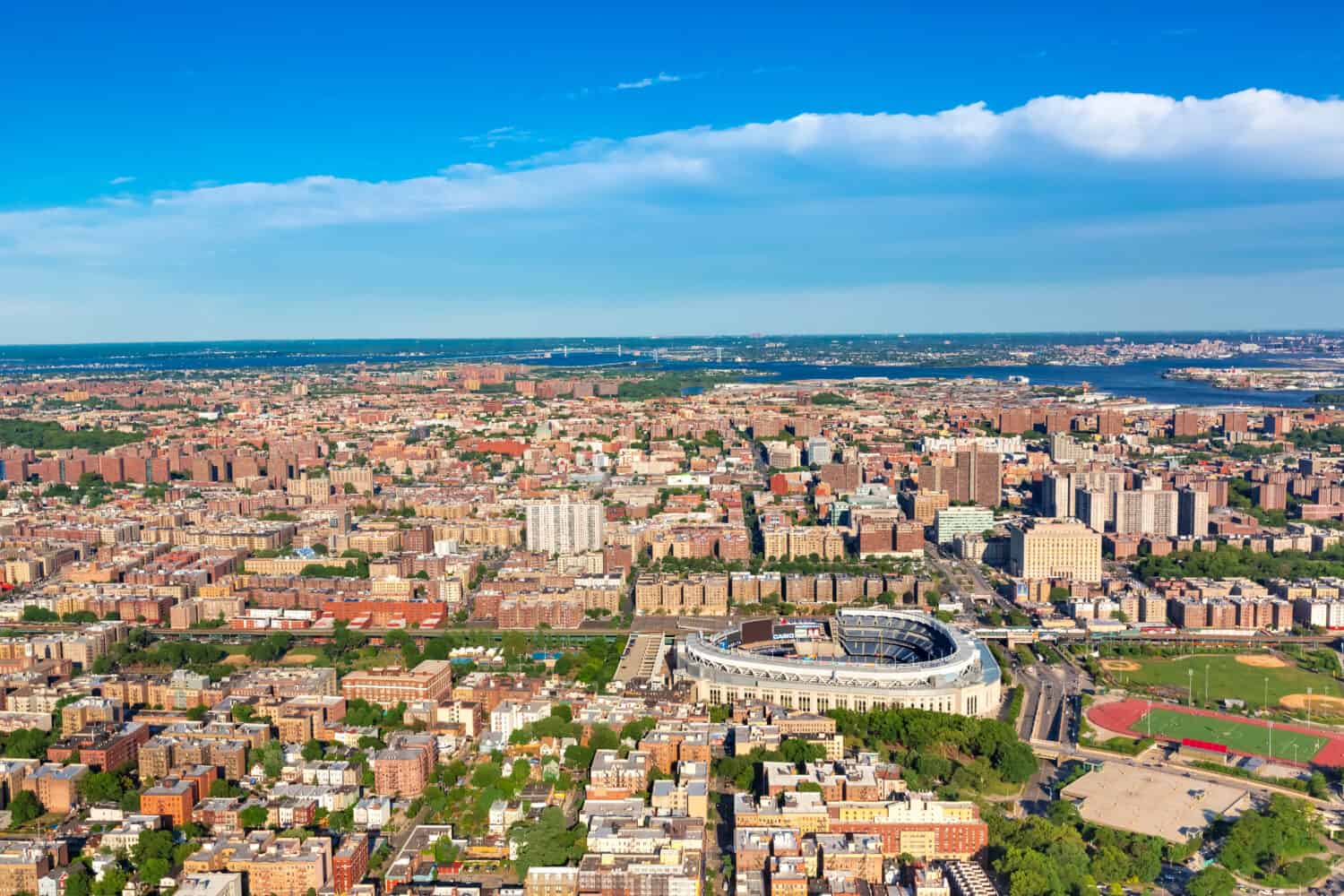
This territory was originally called New Netherland until 1664, when the English took it over from the Dutch and renamed it in honor of the Duke of York.
North Carolina
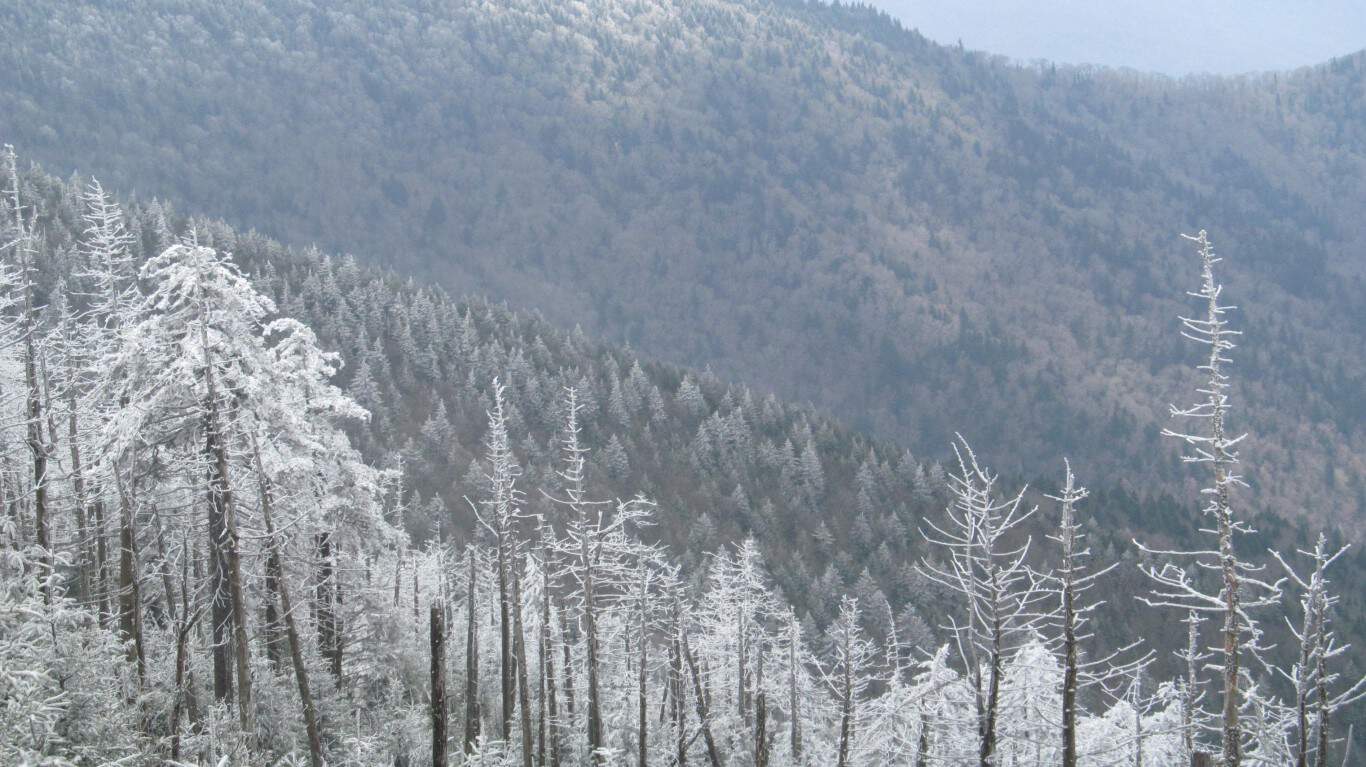
Clingmans Dome - Great Smoky Mountains National Park - North Carolina
The Carolinas were named in honor of King Charles II of England, who originally granted the land to its settlers.
North Dakota
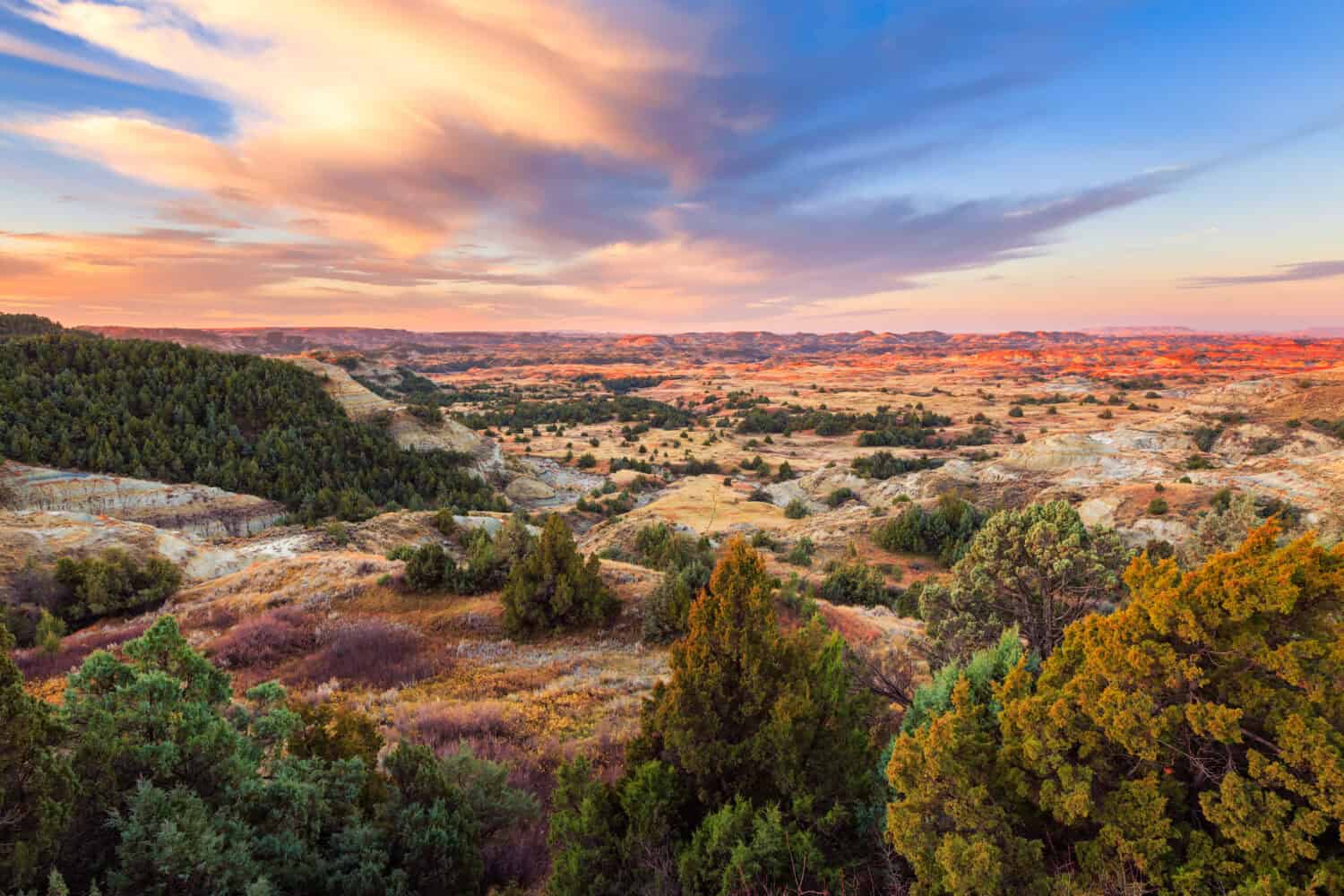
The Dakotas were named after the Sioux term for “allies,” signifying the common name of the confederated Sioux tribes.
Ohio
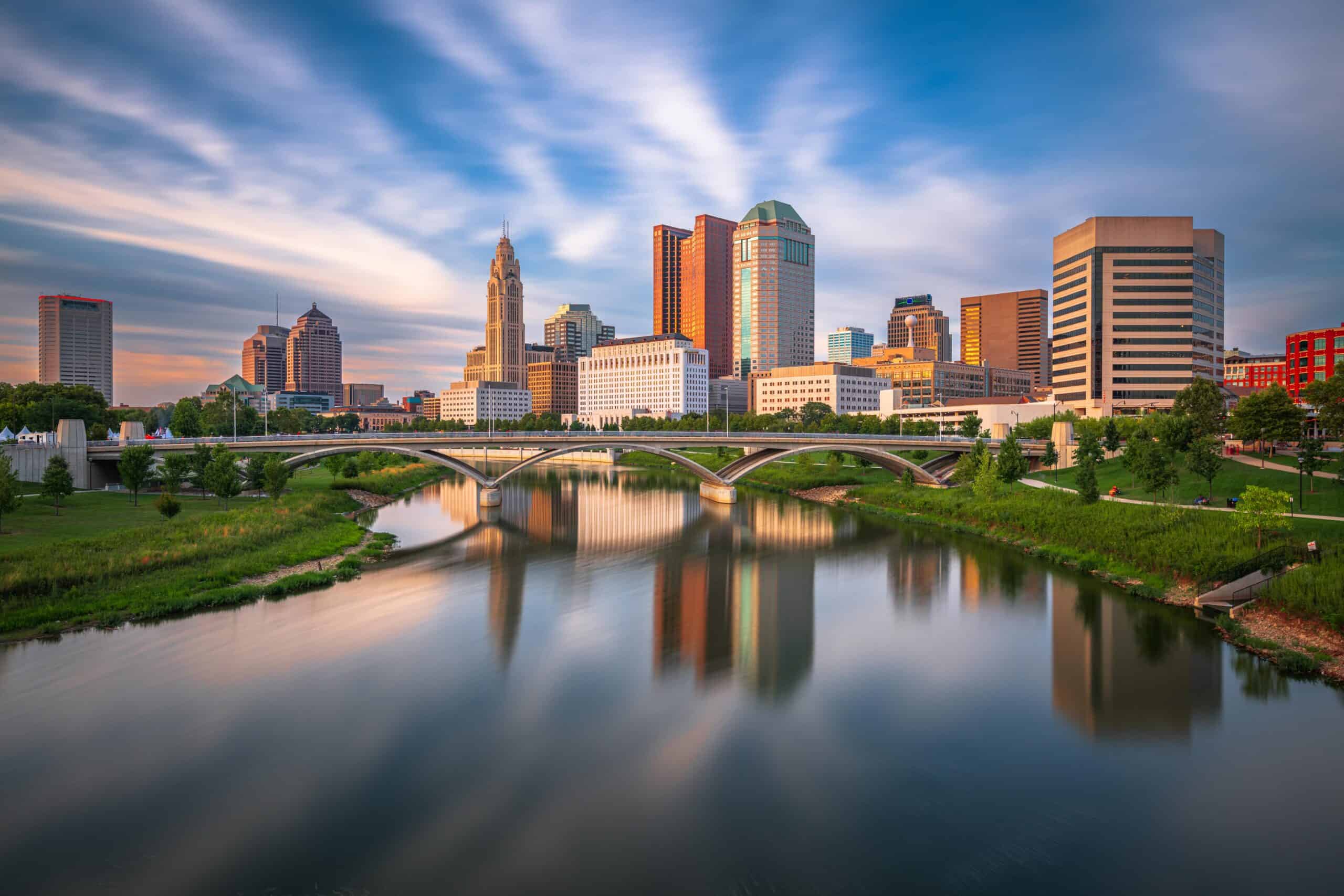
Columbus, Ohio, USA skyline on the Scioto River on the afternoon.
In Iroquois, “Ohio” translates to “beautiful river,” and – you guessed it – the state name was taken from the river name.
Oklahoma
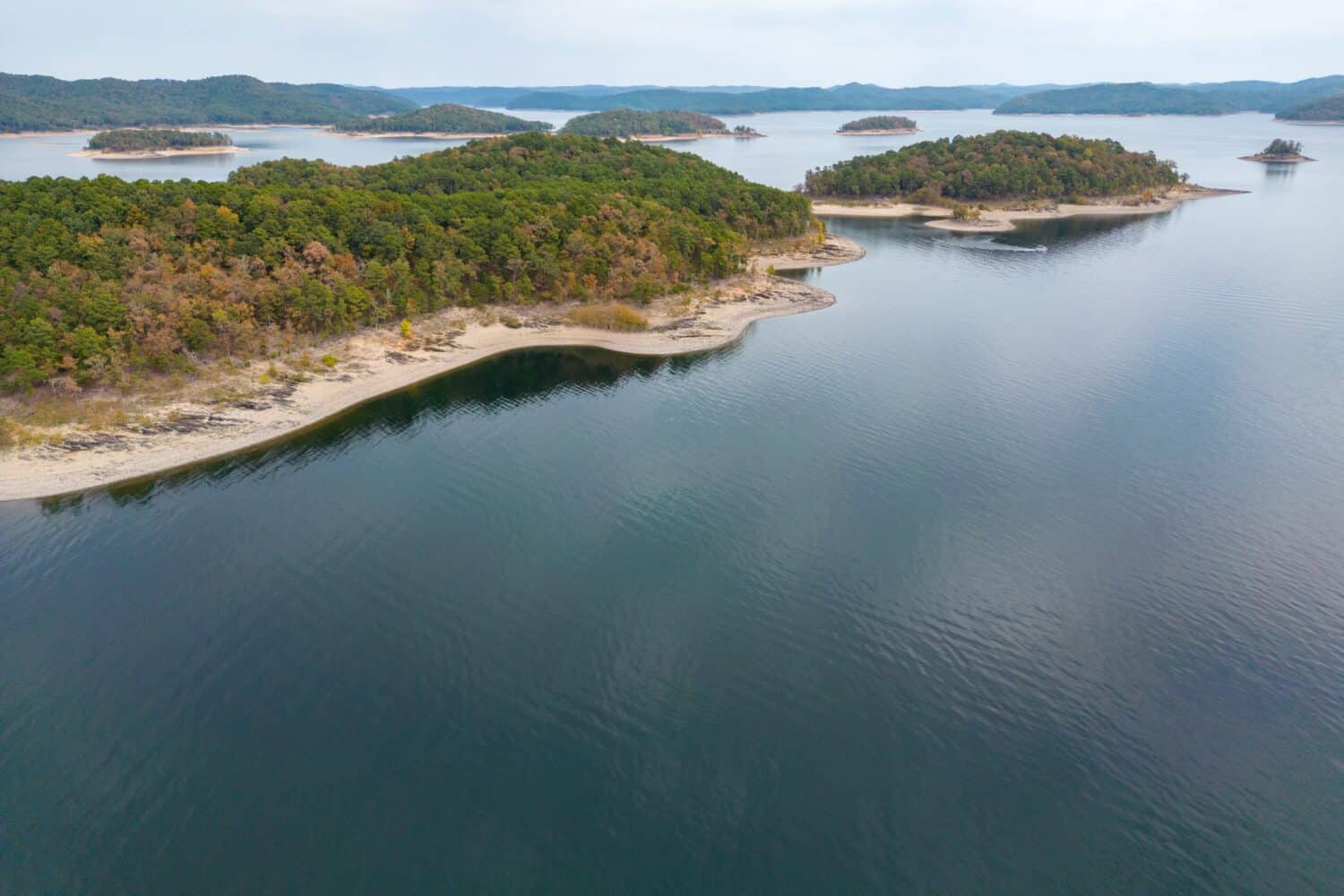
“Oklahoma” is the Choctaw word for “red people.”
Oregon
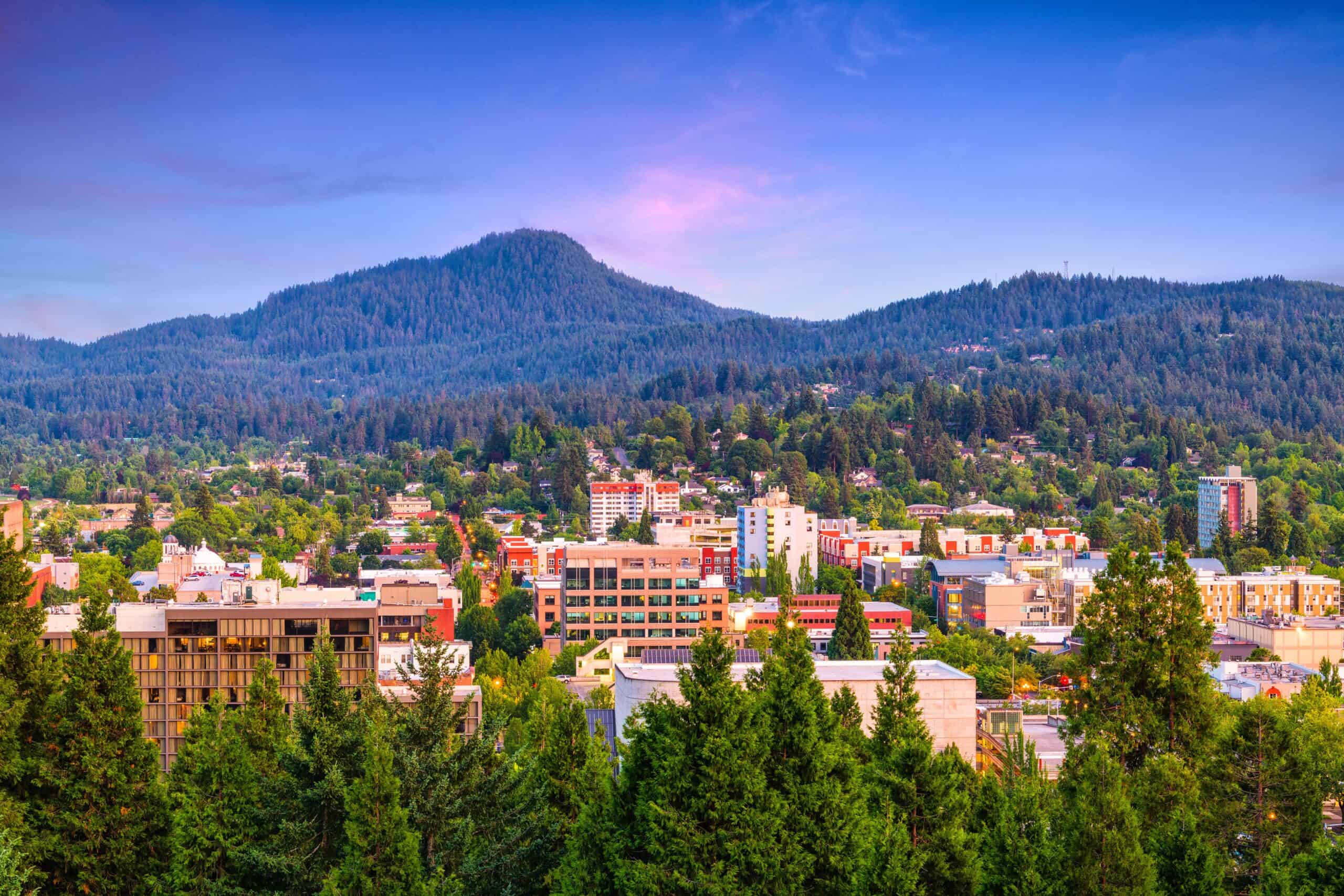
Eugene, Oregon, USA downtown cityscape at dusk.
There are a lot of theories about how Oregon got its name. One links it to the wild oregano that grows in the southern part of the region; another comes from the Spanish word “orejón” (“big ear” or “big eared men”) applied by early Spanish scouts to either the Columbia River region or the native tribes who inhabited it. Another theory is that it derives from the French word “ouragan,” meaning “hurricane” or “storm.” These are just three of a handful of potential origins.
Pennsylvania
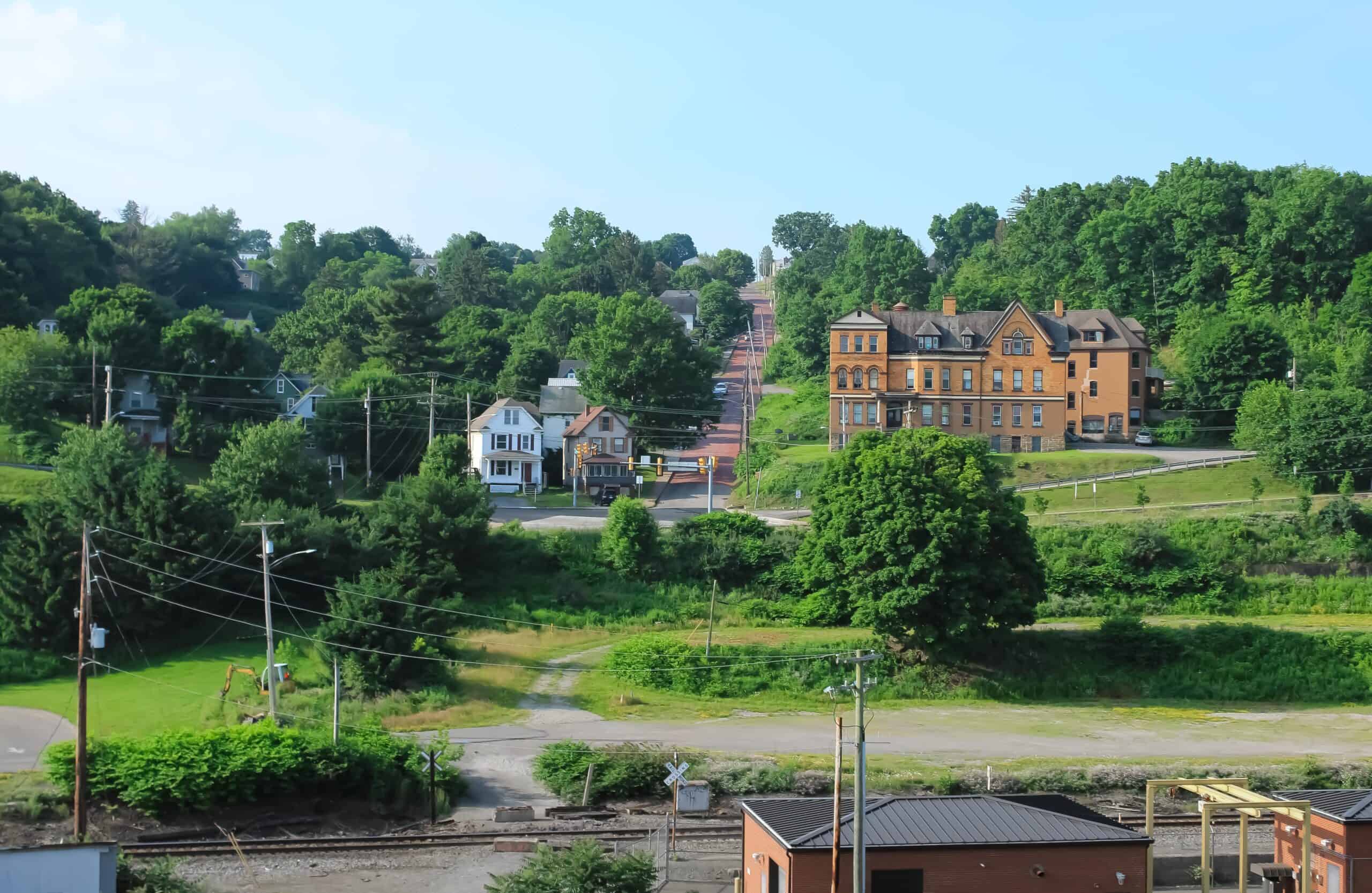
The beautiful and hilly townscape of Butler, Pennsylvania during the summer
Founder William Penn named it Pennsylvania as a Latin translation of “Penn’s Woods.”
Rhode Island
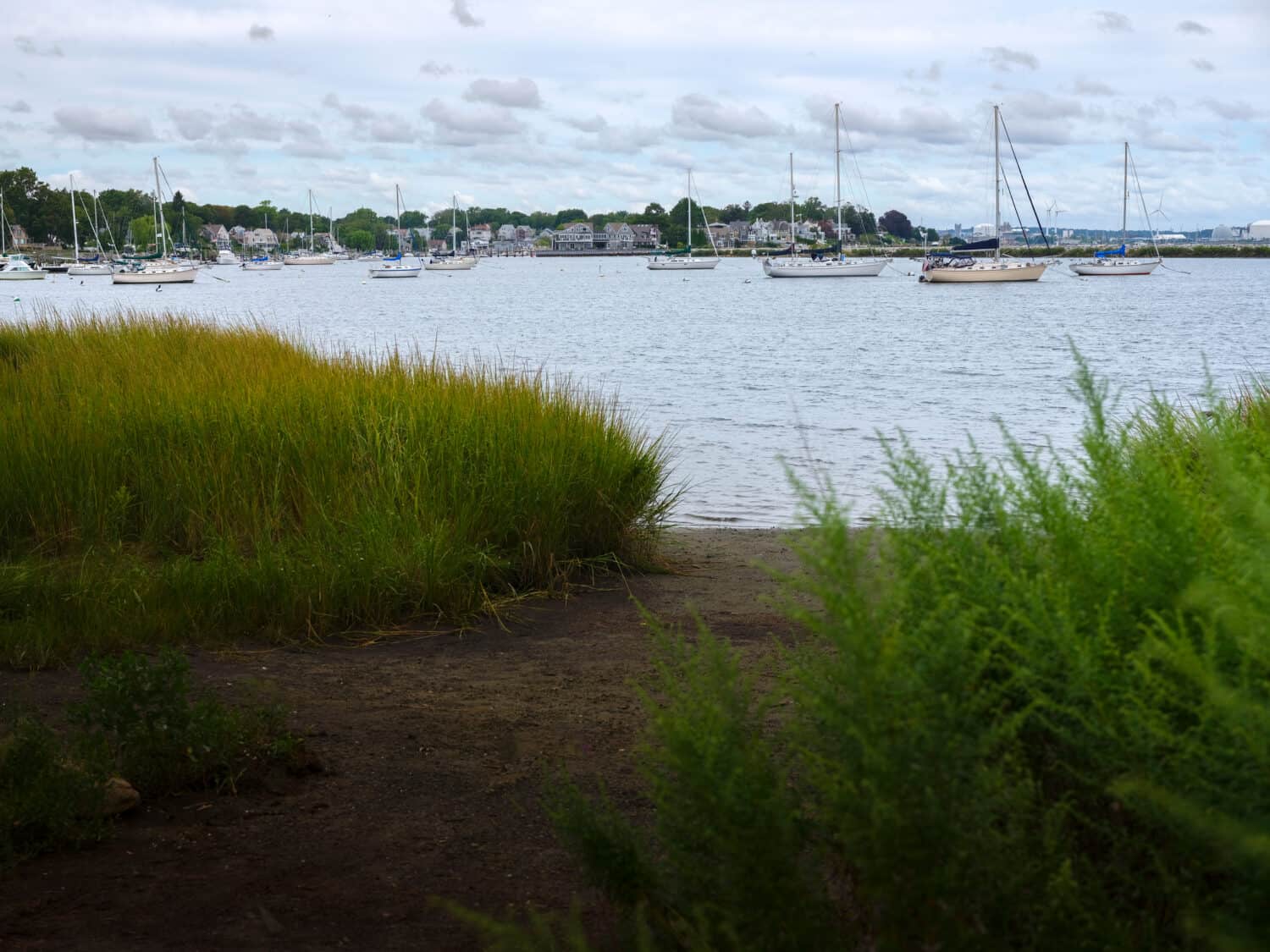
Dutch Navigator Adrian Block named the area “Roode Eylandt,” presumably referring to the red clay along the shore. The name was later anglicized to Rhode Island.
South Carolina
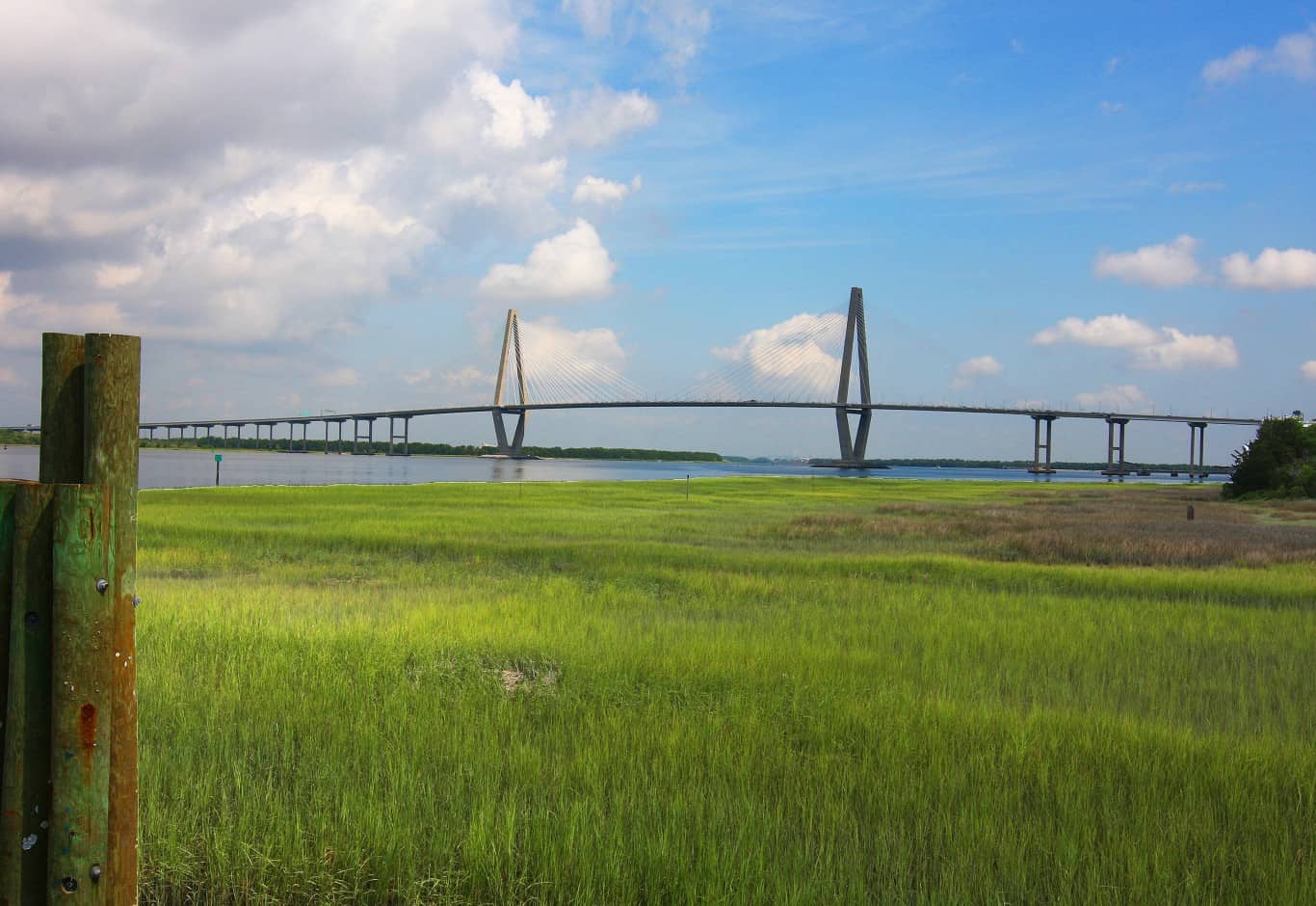
Arthur Ravenel Jr. Bridge
Like its sister state, South Carolina was named for King Charles II of England.
South Dakota
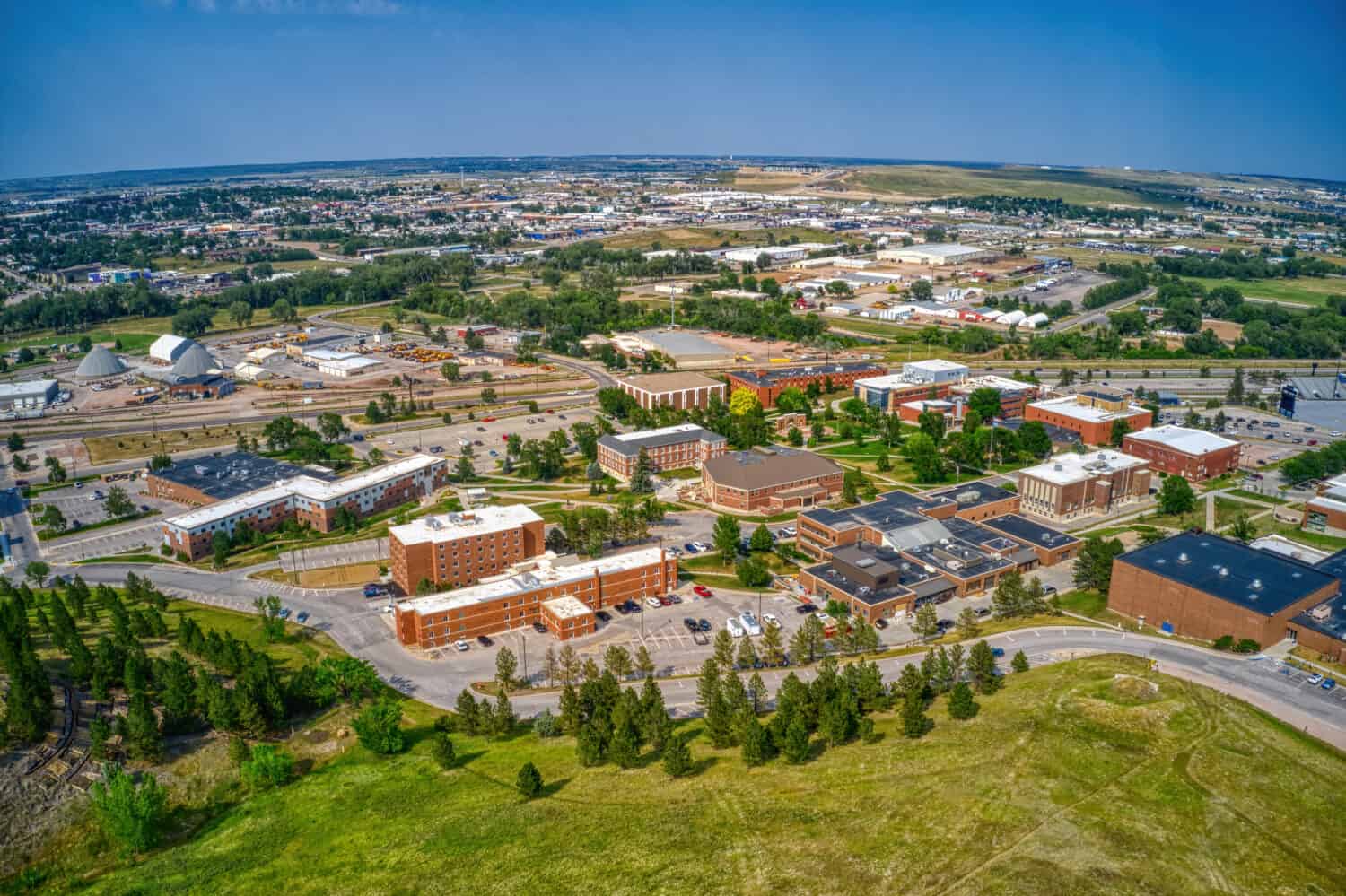
Like North Dakota, South Dakota was also named for the Sioux word for “allies.”
Tennessee
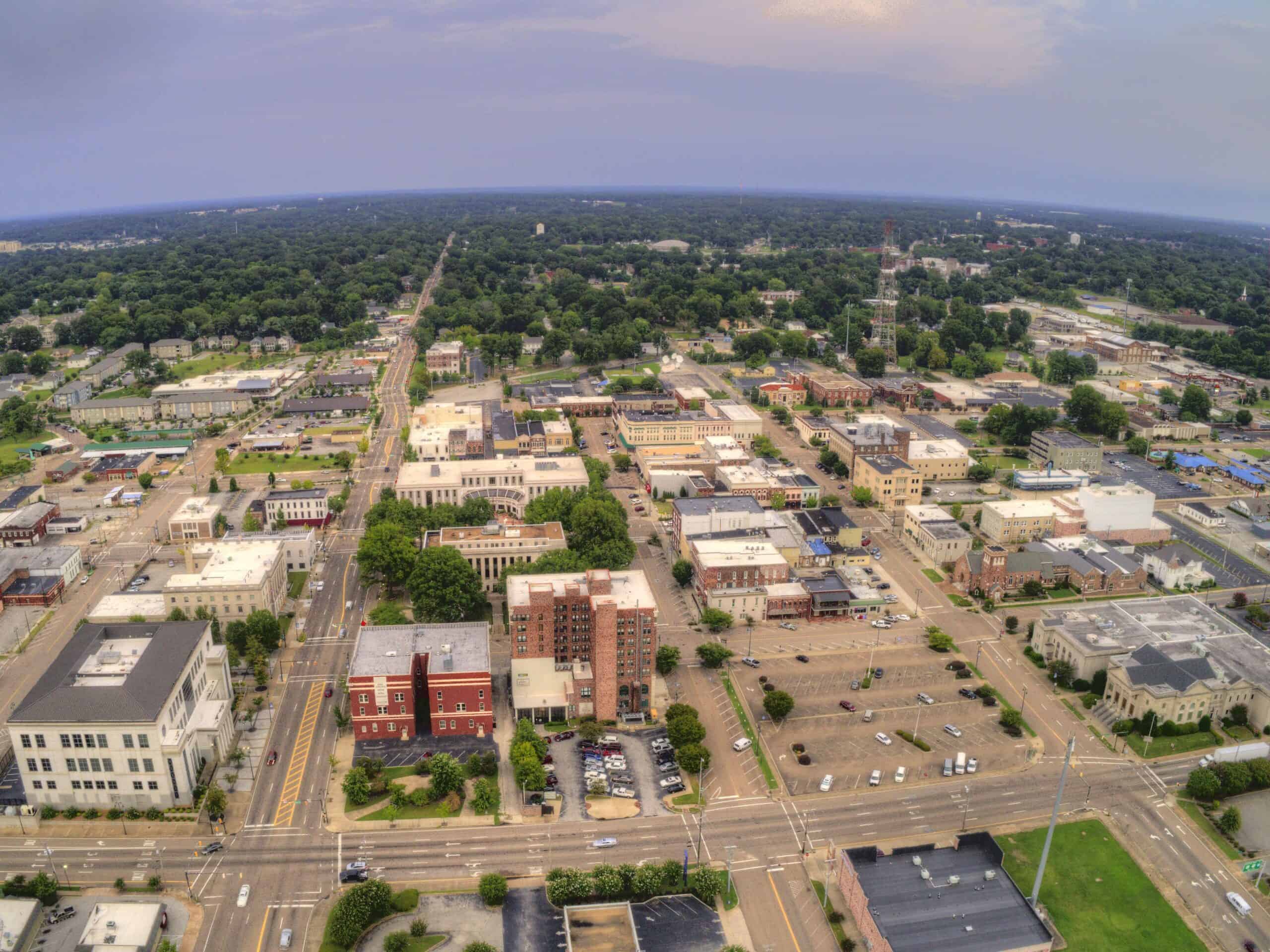
Jackson in an Urban Center in Rural Tennessee
Tennessee is also named for its principal river, which comes from the Cherokee name for a village named Tanasse. The direct translation of that word has been lost, however.
Texas
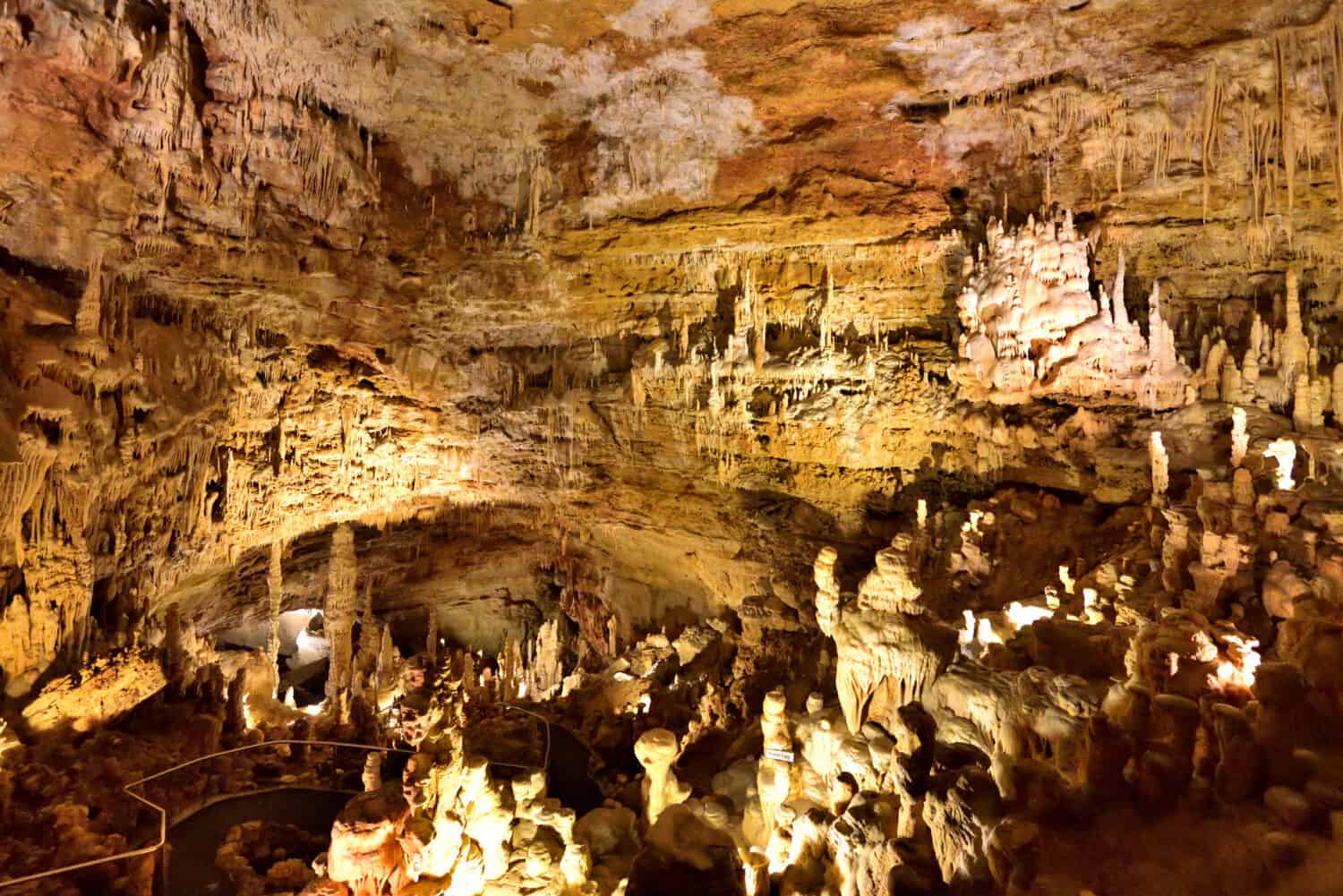
“Texas” comes from the native Caddo word “tejas,” which means “friends” or “allies.” It was first recorded by Spanish explorers in the 16th century and later applied to the region that became the Republic of Texas.
Utah
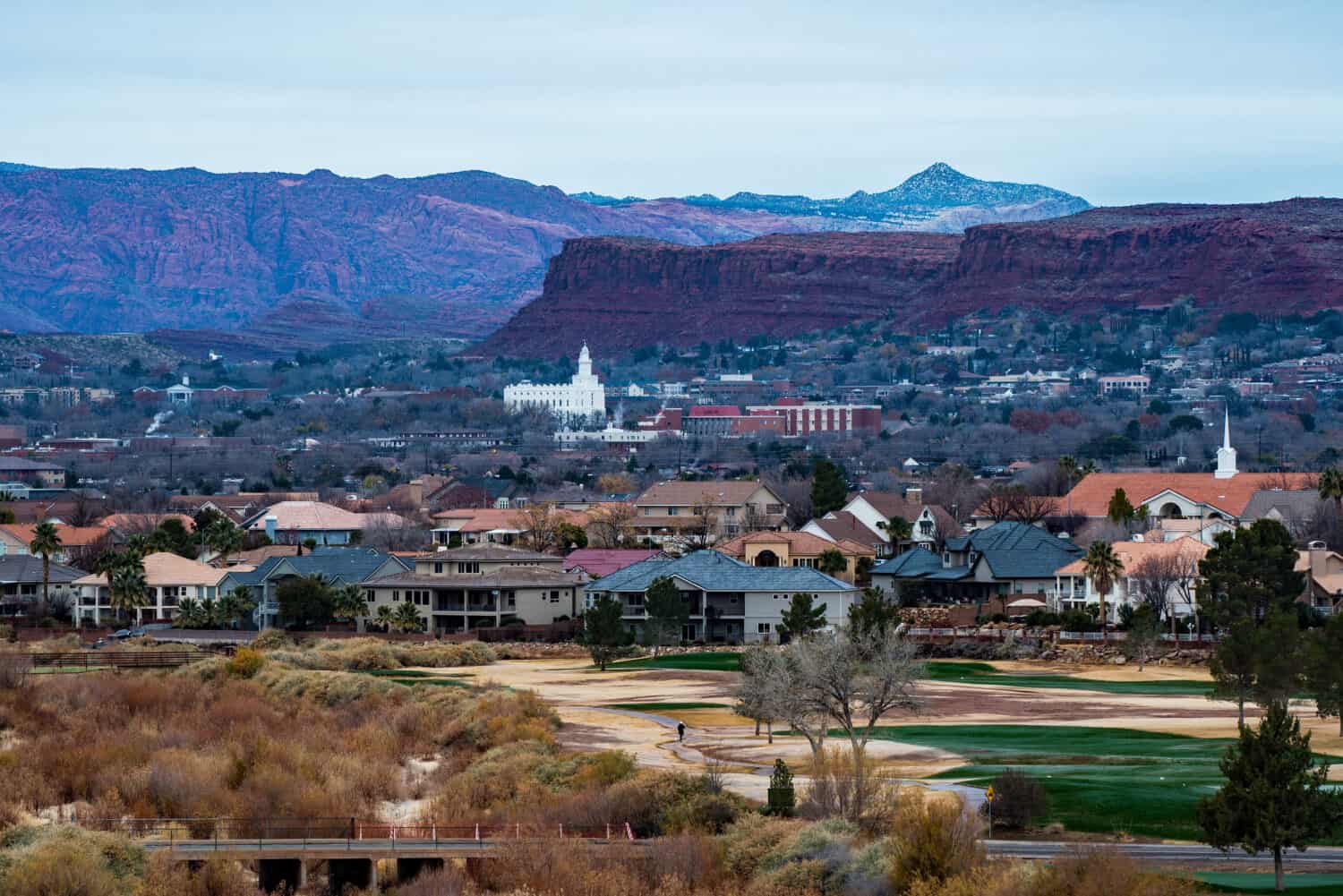
Utah is named after the area’s original inhabitants, the Ute Indians. It is believed to mean “people of the mountains” in the Ute language.
Vermont
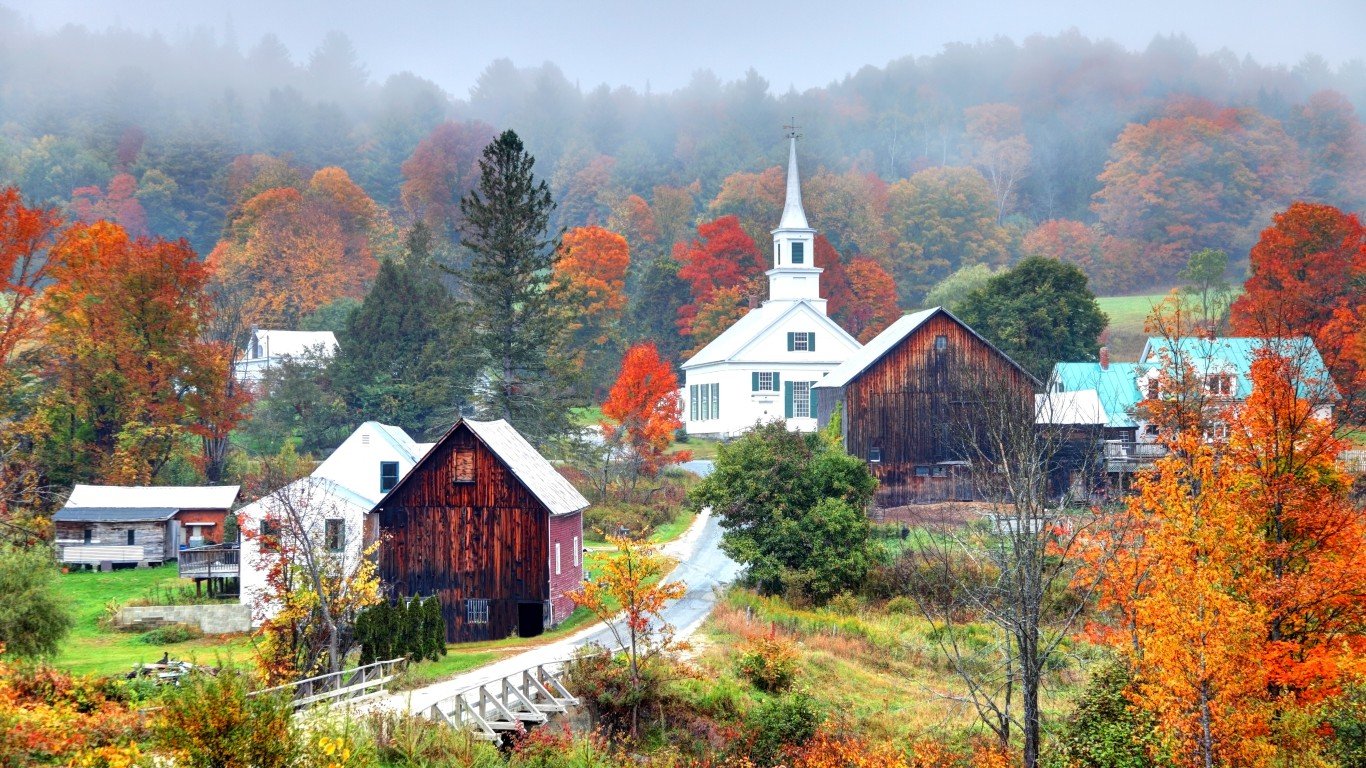
Vermont is home of the Green Mountains, the French translation of which French explorer Samuel de Champlain used to name the state – “Vert Mont.”
Virginia
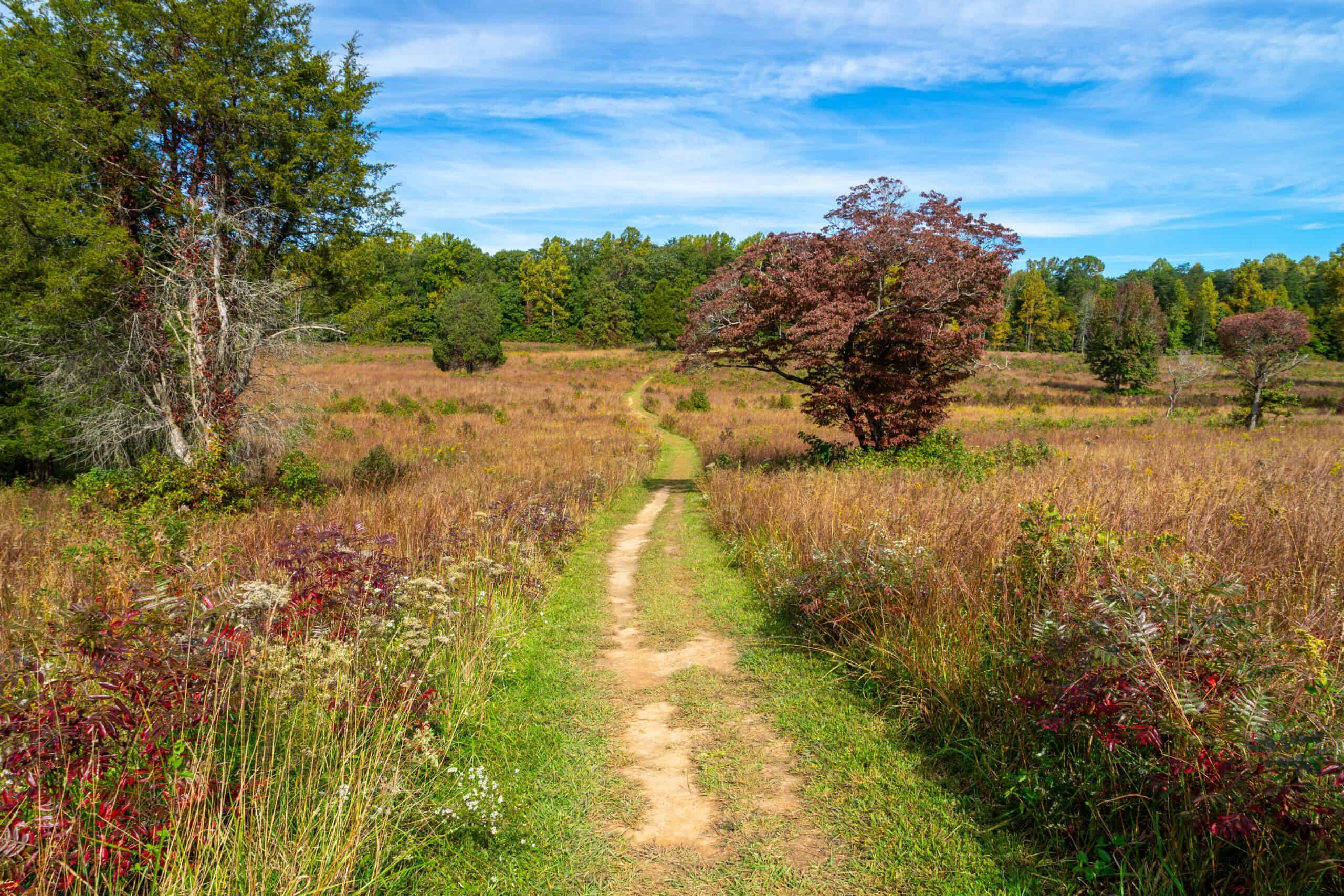
A walking path through the Bloody Angle on the Spotsylvania Battlefield in Virginia.
Sir Walter Raleigh named Virginia after Queen Elizabeth I of England, who was known as the “Virgin Queen.”
Washington
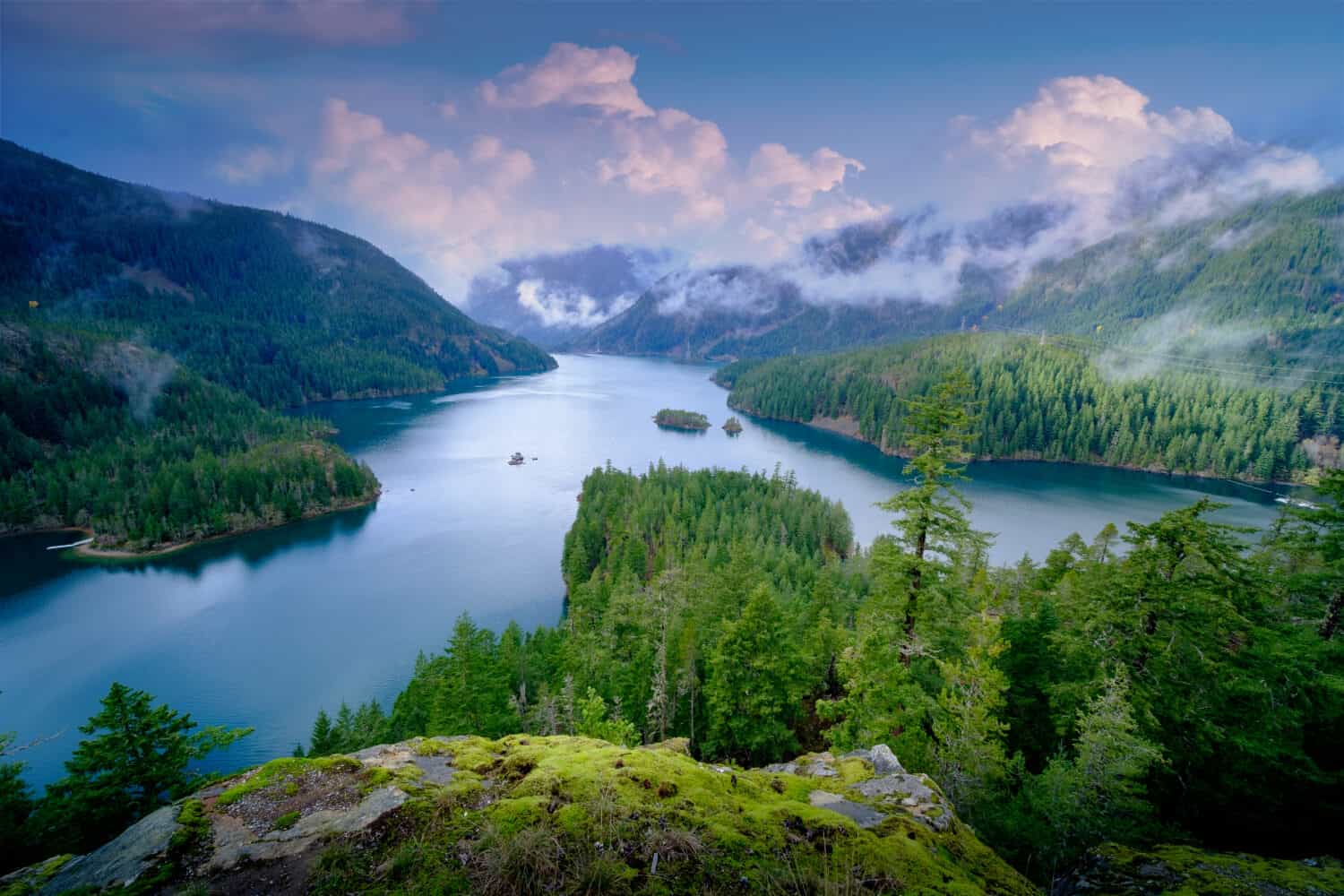
Possibly the most obvious state name origin of all, Washington State was named for George Washington, the Revolutionary War general and first President.
West Virginia
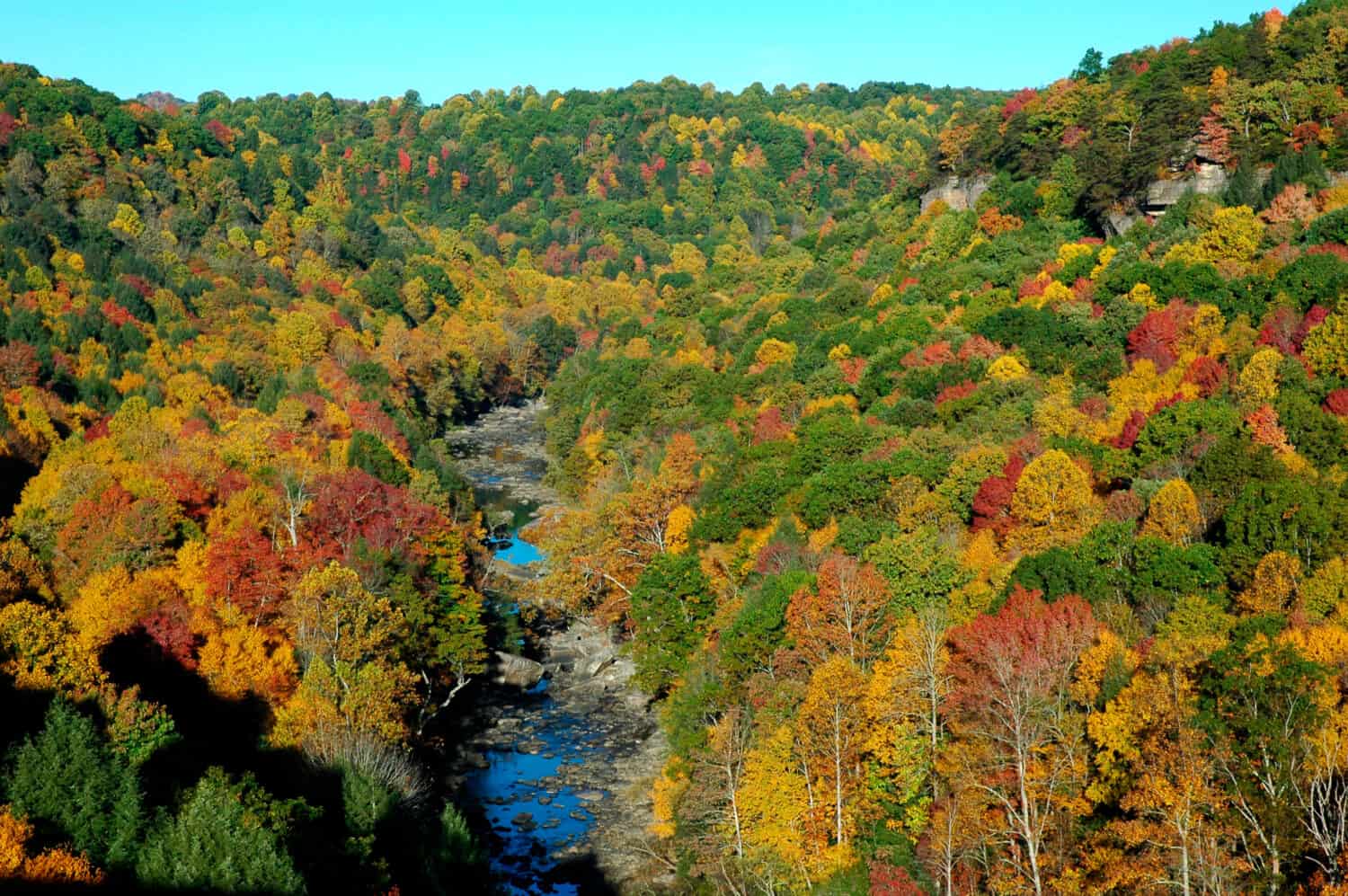
West Virginia was originally a part of Virginia, and was formed when the state’s western counties rejected secession during the Civil War.
Wisconsin
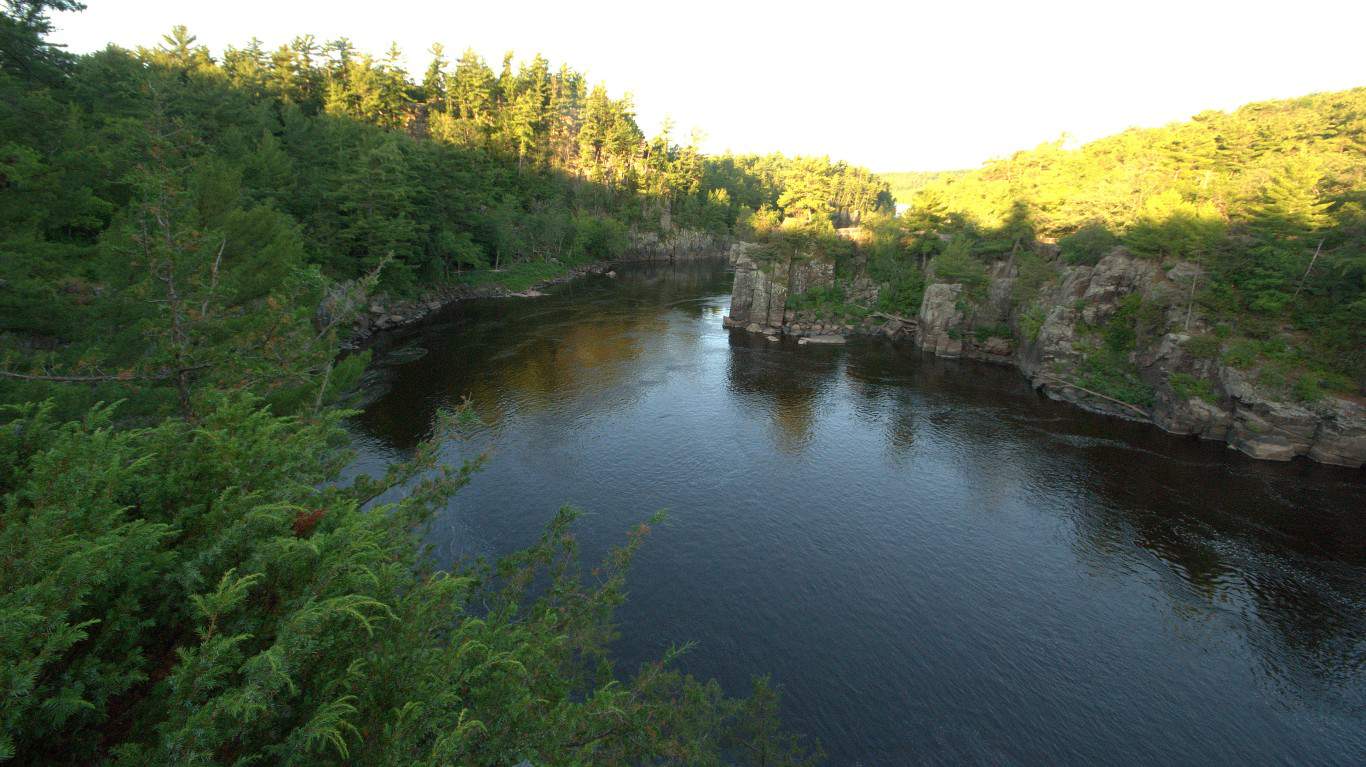
Dalles of the St. Croix RiverWisconsin State Natural Area #164Polk County
Wisconsin is also named after the state’s principal river (it translates to “wild rushing channel”), and was spelled Ouisconsin and Misconsing by early chroniclers.
Wyoming
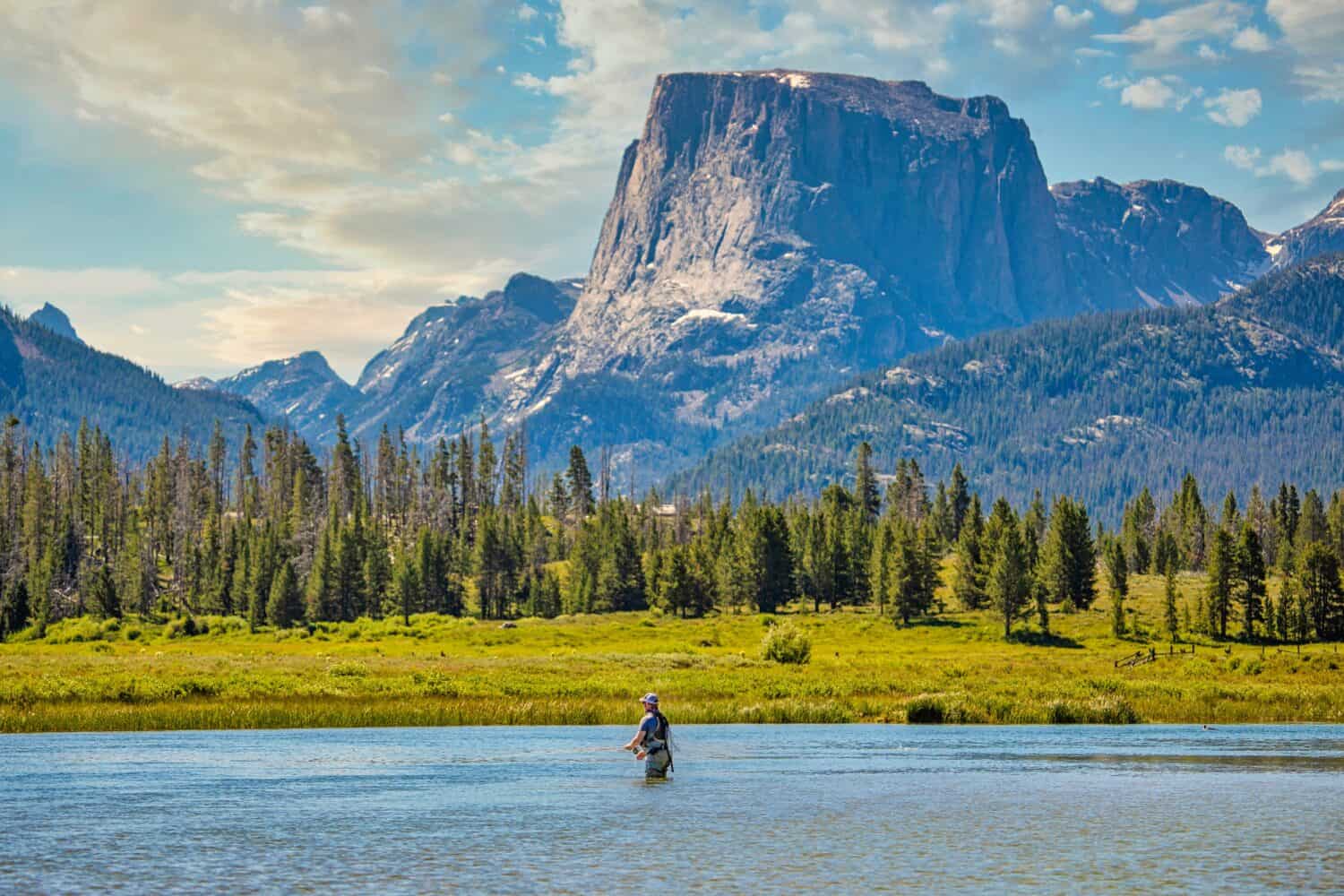
Wyoming’s origin is unclear, but there are a couple accounts: One translates it from the Lenni-Lenape word “maugh-wau-wama” (meaning “extensive plains”), and another “mountains with valleys alternating.” If you’re planning on visiting, be sure to check out the most underrated attraction in every state first.
